Home / world / Historic Winter Storm Disrupts the Southern United States, Resulting in Snowfall and Power Outages from Texas to Florida
Historic Winter Storm Disrupts the Southern United States, Resulting in Snowfall and Power Outages from Texas to Florida
By: My India Times
5 minutes read 72Updated At: 2025-01-23
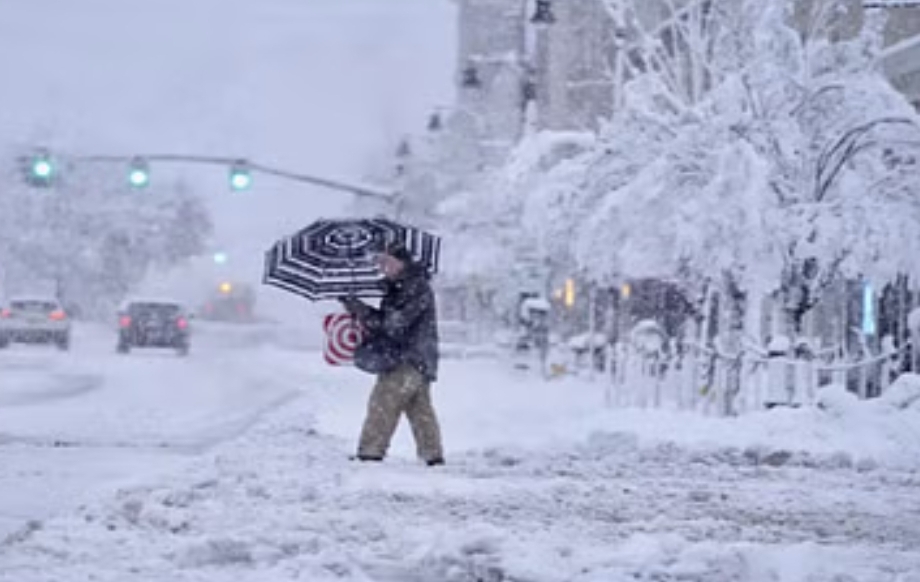
A powerful winter storm impacted the southern United States on Tuesday, spanning over 1,500 miles and unleashing an unprecedented snowstorm that caused widespread disruptions. This significant meteorological event was characterized by heavy snowfall, freezing rain, and frigid temperatures, marking it as one of the most severe storms to affect the region in decades. For the first time in history, the National Weather Service issued winter storm warnings for selected areas along the Gulf Coast, which is seldom subjected to such extreme weather conditions.
A Record-Breaking Snowstorm
The storm intensified on Wednesday, depositing over a foot of snow in certain regions along the Gulf Coast and immobilizing major cities such as Houston and New Orleans. For instance, parts of Florida’s Panhandle experienced snow accumulation comparable to that of Chicago, with temperatures plunging to record lows. Northern Florida, southern Georgia, and southeastern South Carolina were notably affected, encountering up to 4 inches (10 cm) of snow, sleet, and freezing rain. The storm's impact was profound as local infrastructure grappled with the overwhelming amount of snow and ice.
In Milton, Florida, a city within the western Panhandle, snowfall surpassed 9 inches, establishing a new all-time record for the area. Milton's mayor, Heather Lindsey, noted that the last snowfall occurred in 2014, leaving residents ill-prepared for this event. “We’re proceeding cautiously, but everything is at a standstill,” she stated, underscoring the lack of snow removal resources in the region. Meanwhile, children embraced the unusual snow day, utilizing kayaks and inner tubes as substitute sleds.
Freezing Cold and Ongoing Impacts
As the storm began to diminish on Wednesday, biting cold winds prevailed, with temperatures continuing to decline across many areas. In Tallahassee, Florida, where January temperatures generally hover around 60°F (15°C), a drastic drop to 4°F (-15°C) was anticipated by Wednesday night. Experts caution that the cold snap will persist throughout the Gulf Coast and the Eastern Seaboard into the weekend, carrying the potential for additional disruptions from freezing conditions.
Houston, Texas, recorded its heaviest snowfall since 1960, with 4 inches (10 cm) blanketing the city. Simultaneously, New Orleans experienced a record-setting 10 inches (25 cm) of snow, transforming the iconic Bourbon Street into a winter wonderland. However, this rare snowfall presented considerable challenges for Louisiana residents, who are more accustomed to hurricanes than to severe winter weather.
Justin Daffron, CEO of Covenant House in New Orleans, mentioned that their shelter was operating at full capacity to meet the growing demand for warmth and shelter in the wake of the snowstorm.
Fatalities and Destruction
Unfortunately, the winter storm has resulted in tragic consequences. According to the Texas Department of Public Safety, at least 12 people have died due to the storm, including five people in Zavala County, Texas, who were involved in a car accident on Highway 57. Additionally, fatalities have been reported in Alabama and Georgia, all linked to cold-related incidents. Emergency response teams are working tirelessly to assist those in need, though the ongoing cold has complicated rescue operations.
Warnings and Alerts
As the storm’s effects continued to unfold, nearly 20 million people across the southern U.S. were under winter weather advisories and warnings. The National Weather Service issued a series of alerts, urging residents to be cautious of the risks of frostbite, hypothermia, and hazardous travel conditions. The accumulation of snow, combined with the lack of snow removal equipment in southern areas, has made road travel particularly dangerous, with authorities urging residents to avoid non-essential travel.
The storm has also led to widespread power outages, with over 90,000 homes and businesses from Texas to Florida losing electricity. Many schools and government offices were closed, while several highways and roads remained treacherous. Major airports, including George Bush Intercontinental Airport in Houston and Dallas-Fort Worth International Airport, were temporarily shut down, causing widespread flight cancellations and delays. According to flight-tracking site FlightAware, more than 1,400 flights were canceled, and over 1,200 others were delayed.
Economic Impact and Energy Concerns
The storm has had significant economic repercussions. Freeport LNG, a U.S. liquefied natural gas company, announced that it had shut down its export plant in Texas on January 21 due to power supply issues caused by the storm. The plant will remain closed until the power supply stabilizes, affecting U.S. natural gas exports.
Meanwhile, the northern U.S. faced continued extreme cold, with Davis, West Virginia, recording the lowest temperature in the country on Wednesday at -27°F (-32°C), according to the National Weather Service. This marked another day of dangerous winter conditions across the United States.
Looking Ahead
The winter storm has left an indelible mark on the southern U.S., with record-breaking snowfall, widespread power outages, and multiple fatalities. Meteorologists warn that while the storm is subsiding, its impact will continue to be felt in the coming days, particularly as cold weather persists and recovery efforts begin. For many in the affected areas, the storm serves as a reminder of the unpredictability of extreme weather, especially as climate change continues to influence weather patterns worldwide.
As residents across Texas, Florida, Louisiana, and other impacted states begin to recover, authorities are urging the public to remain cautious and stay informed about ongoing weather conditions. While the immediate threat of snow and ice may subside, the risks posed by freezing temperatures and icy roads will remain until the weekend. It is crucial for people in the affected regions to take necessary precautions and prepare for continued cold weather as the storm's aftermath unfolds.
This comprehensive account of the recent historic winter storm in the southern U.S. combines key details and insights, designed to provide an engaging and informative read while optimi
zing for SEO and ensuring fast ranking.
....A powerful winter storm impacted the southern United States on Tuesday, spanning over 1,500 miles and unleashing an unprecedented snowstorm that caused widespread disruptions. This significant meteorological event was characterized by heavy snowfall, freezing rain, and frigid temperatures, marking it as one of the most severe storms to affect the region in decades. For the first time in history, the National Weather Service issued winter storm warnings for selected areas along the Gulf Coast, which is seldom subjected to such extreme weather conditions.
A Record-Breaking Snowstorm
The storm intensified on Wednesday, depositing over a foot of snow in certain regions along the Gulf Coast and immobilizing major cities such as Houston and New Orleans. For instance, parts of Florida’s Panhandle experienced snow accumulation comparable to that of Chicago, with temperatures plunging to record lows. Northern Florida, southern Georgia, and southeastern South Carolina were notably affected, encountering up to 4 inches (10 cm) of snow, sleet, and freezing rain. The storm's impact was profound as local infrastructure grappled with the overwhelming amount of snow and ice.
In Milton, Florida, a city within the western Panhandle, snowfall surpassed 9 inches, establishing a new all-time record for the area. Milton's mayor, Heather Lindsey, noted that the last snowfall occurred in 2014, leaving residents ill-prepared for this event. “We’re proceeding cautiously, but everything is at a standstill,” she stated, underscoring the lack of snow removal resources in the region. Meanwhile, children embraced the unusual snow day, utilizing kayaks and inner tubes as substitute sleds.
Freezing Cold and Ongoing Impacts
As the storm began to diminish on Wednesday, biting cold winds prevailed, with temperatures continuing to decline across many areas. In Tallahassee, Florida, where January temperatures generally hover around 60°F (15°C), a drastic drop to 4°F (-15°C) was anticipated by Wednesday night. Experts caution that the cold snap will persist throughout the Gulf Coast and the Eastern Seaboard into the weekend, carrying the potential for additional disruptions from freezing conditions.
Houston, Texas, recorded its heaviest snowfall since 1960, with 4 inches (10 cm) blanketing the city. Simultaneously, New Orleans experienced a record-setting 10 inches (25 cm) of snow, transforming the iconic Bourbon Street into a winter wonderland. However, this rare snowfall presented considerable challenges for Louisiana residents, who are more accustomed to hurricanes than to severe winter weather.
Justin Daffron, CEO of Covenant House in New Orleans, mentioned that their shelter was operating at full capacity to meet the growing demand for warmth and shelter in the wake of the snowstorm.
Fatalities and Destruction
Unfortunately, the winter storm has resulted in tragic consequences. According to the Texas Department of Public Safety, at least 12 people have died due to the storm, including five people in Zavala County, Texas, who were involved in a car accident on Highway 57. Additionally, fatalities have been reported in Alabama and Georgia, all linked to cold-related incidents. Emergency response teams are working tirelessly to assist those in need, though the ongoing cold has complicated rescue operations.
Warnings and Alerts
As the storm’s effects continued to unfold, nearly 20 million people across the southern U.S. were under winter weather advisories and warnings. The National Weather Service issued a series of alerts, urging residents to be cautious of the risks of frostbite, hypothermia, and hazardous travel conditions. The accumulation of snow, combined with the lack of snow removal equipment in southern areas, has made road travel particularly dangerous, with authorities urging residents to avoid non-essential travel.
The storm has also led to widespread power outages, with over 90,000 homes and businesses from Texas to Florida losing electricity. Many schools and government offices were closed, while several highways and roads remained treacherous. Major airports, including George Bush Intercontinental Airport in Houston and Dallas-Fort Worth International Airport, were temporarily shut down, causing widespread flight cancellations and delays. According to flight-tracking site FlightAware, more than 1,400 flights were canceled, and over 1,200 others were delayed.
Economic Impact and Energy Concerns
The storm has had significant economic repercussions. Freeport LNG, a U.S. liquefied natural gas company, announced that it had shut down its export plant in Texas on January 21 due to power supply issues caused by the storm. The plant will remain closed until the power supply stabilizes, affecting U.S. natural gas exports.
Meanwhile, the northern U.S. faced continued extreme cold, with Davis, West Virginia, recording the lowest temperature in the country on Wednesday at -27°F (-32°C), according to the National Weather Service. This marked another day of dangerous winter conditions across the United States.
Looking Ahead
The winter storm has left an indelible mark on the southern U.S., with record-breaking snowfall, widespread power outages, and multiple fatalities. Meteorologists warn that while the storm is subsiding, its impact will continue to be felt in the coming days, particularly as cold weather persists and recovery efforts begin. For many in the affected areas, the storm serves as a reminder of the unpredictability of extreme weather, especially as climate change continues to influence weather patterns worldwide.
As residents across Texas, Florida, Louisiana, and other impacted states begin to recover, authorities are urging the public to remain cautious and stay informed about ongoing weather conditions. While the immediate threat of snow and ice may subside, the risks posed by freezing temperatures and icy roads will remain until the weekend. It is crucial for people in the affected regions to take necessary precautions and prepare for continued cold weather as the storm's aftermath unfolds.
This comprehensive account of the recent historic winter storm in the southern U.S. combines key details and insights, designed to provide an engaging and informative read while optimi
zing for SEO and ensuring fast ranking.
By: My India Times
Updated At: 2025-01-23
Tags: world News | My India Times News | Trending News | Travel News
Join our WhatsApp Channel

















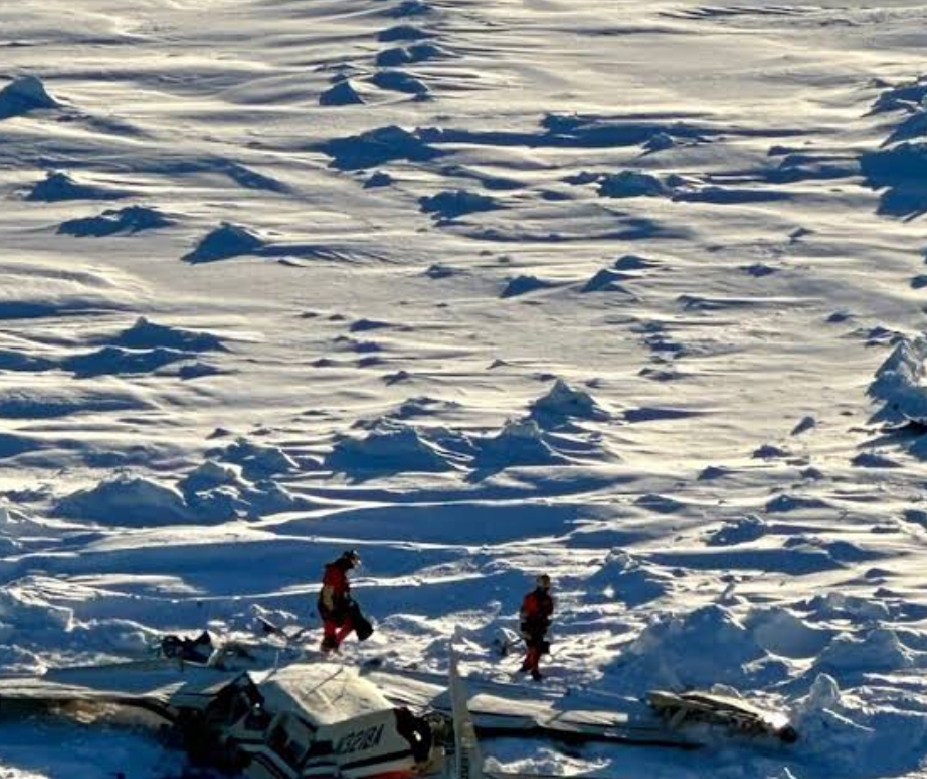

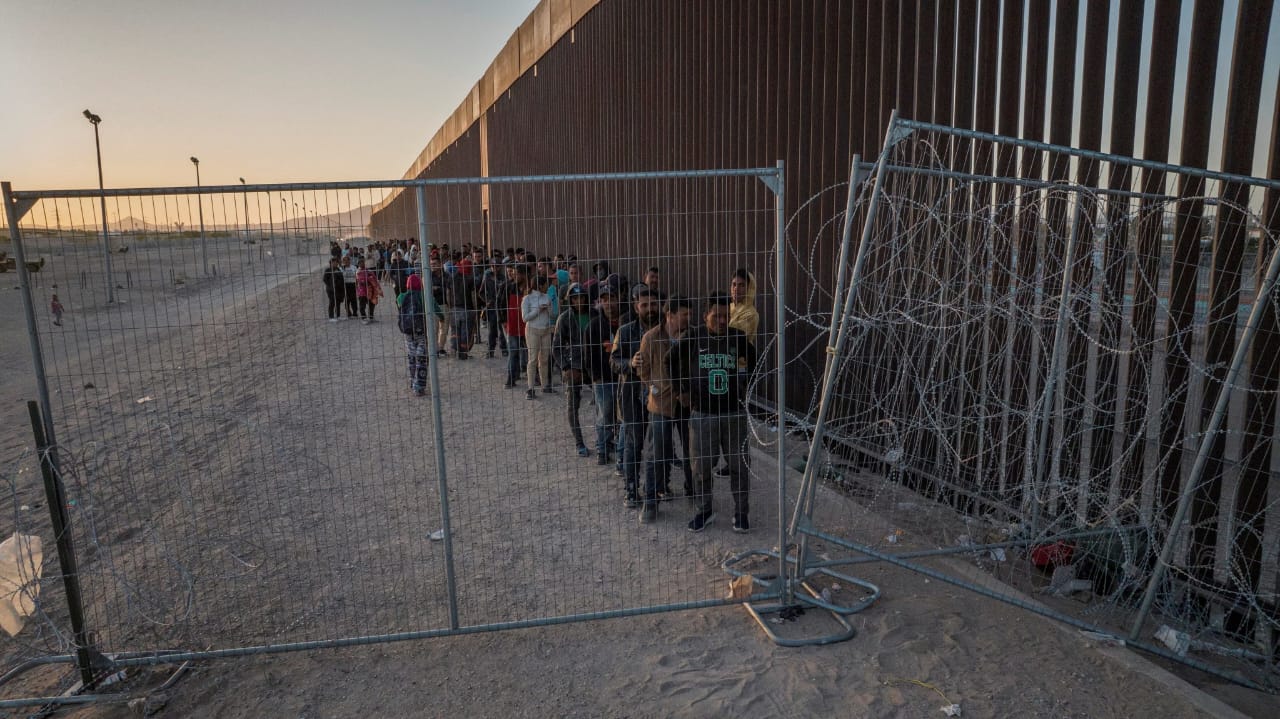



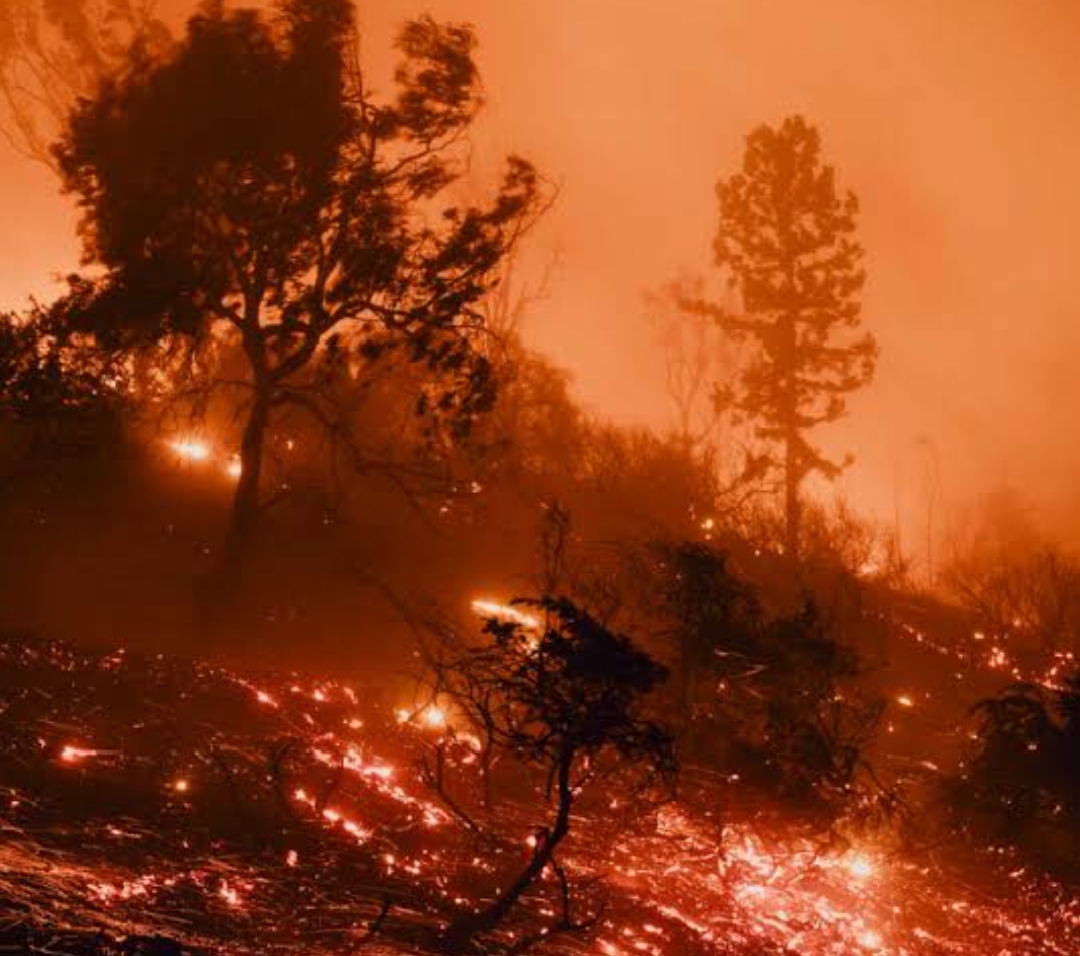



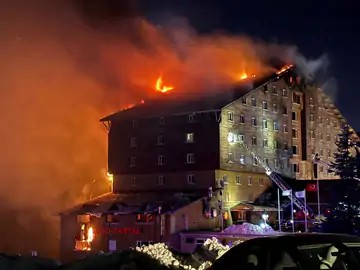
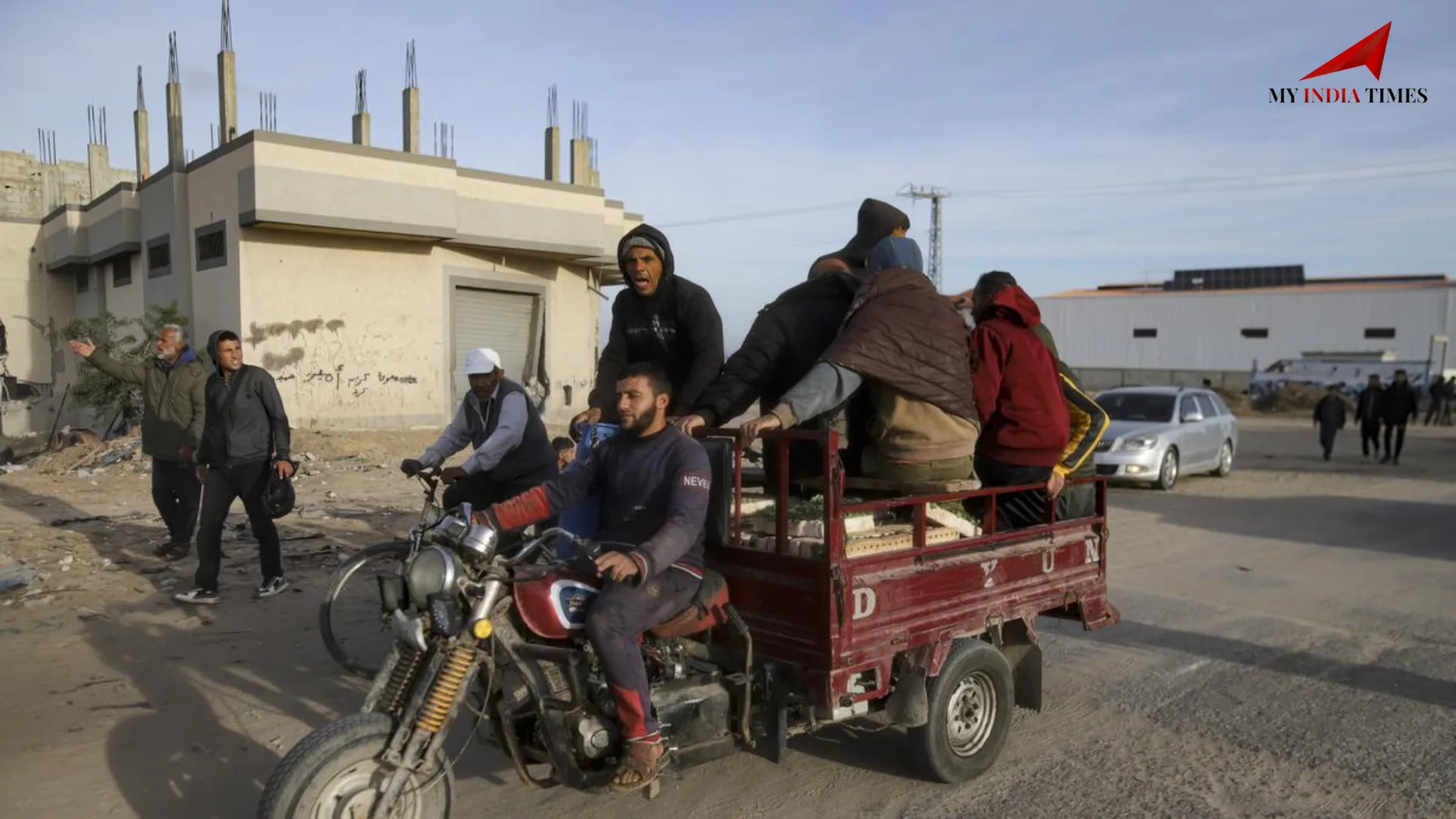


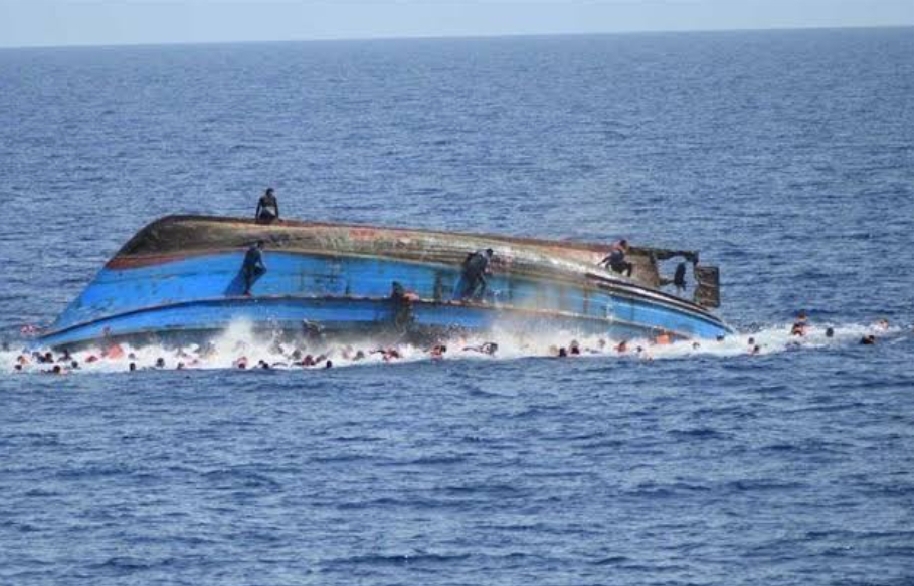









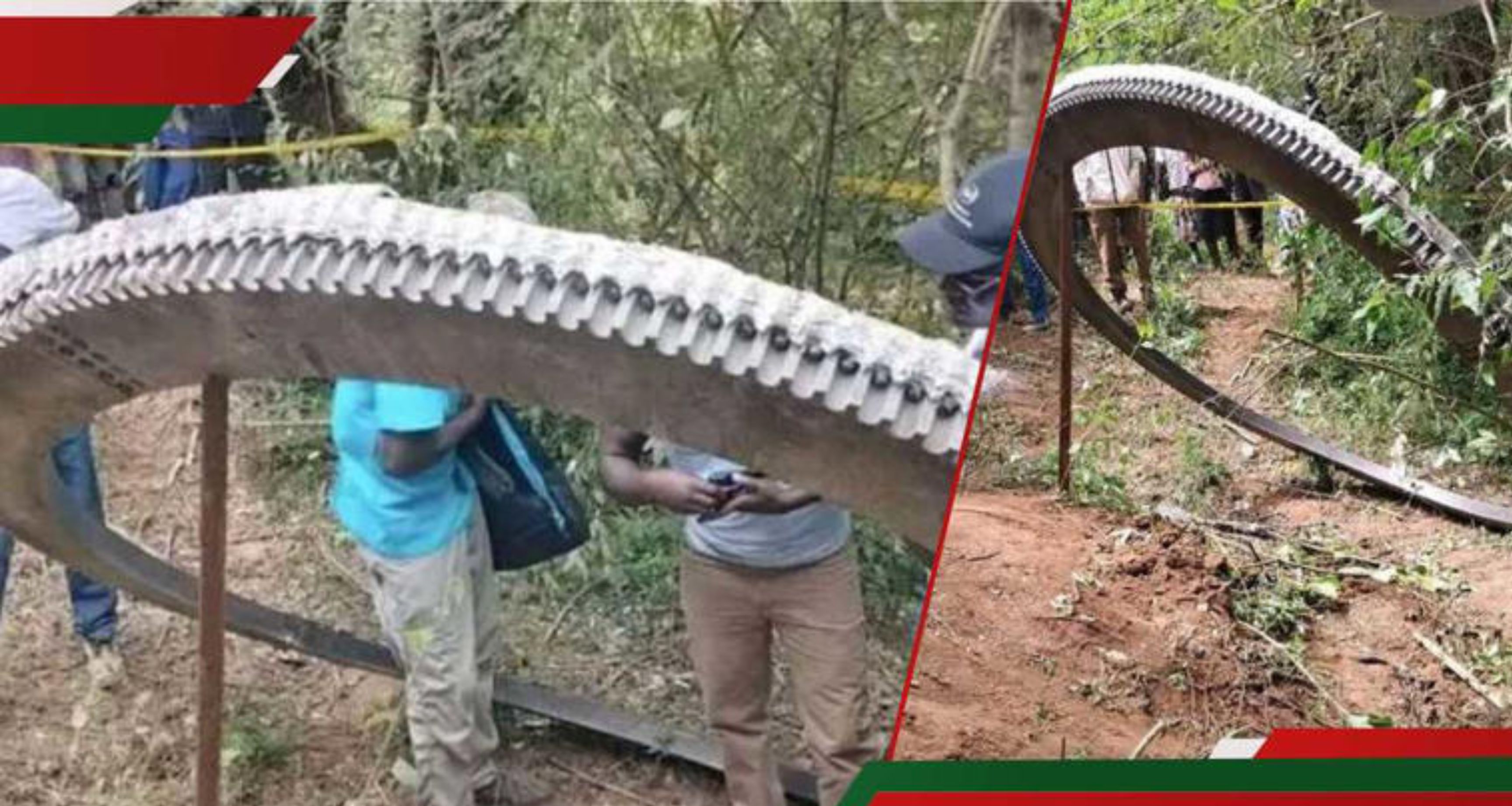



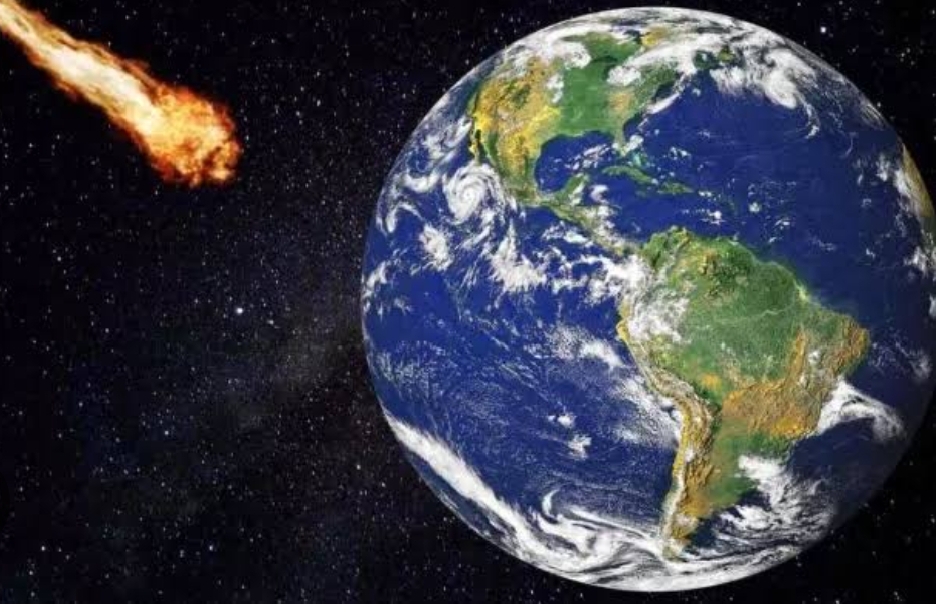
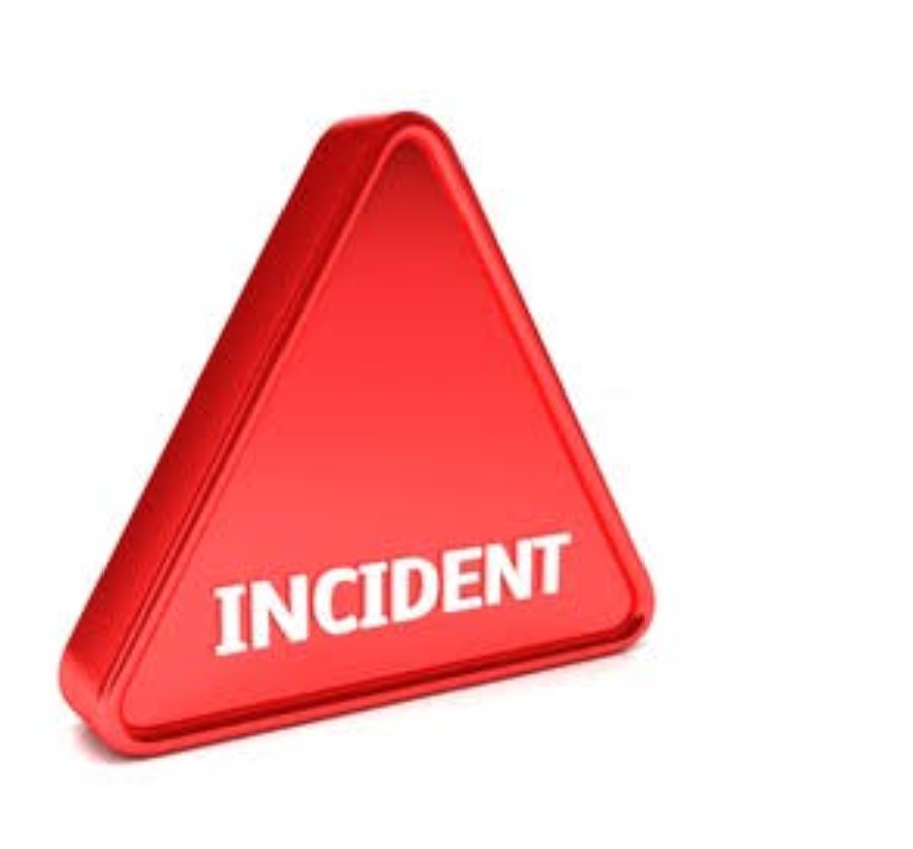





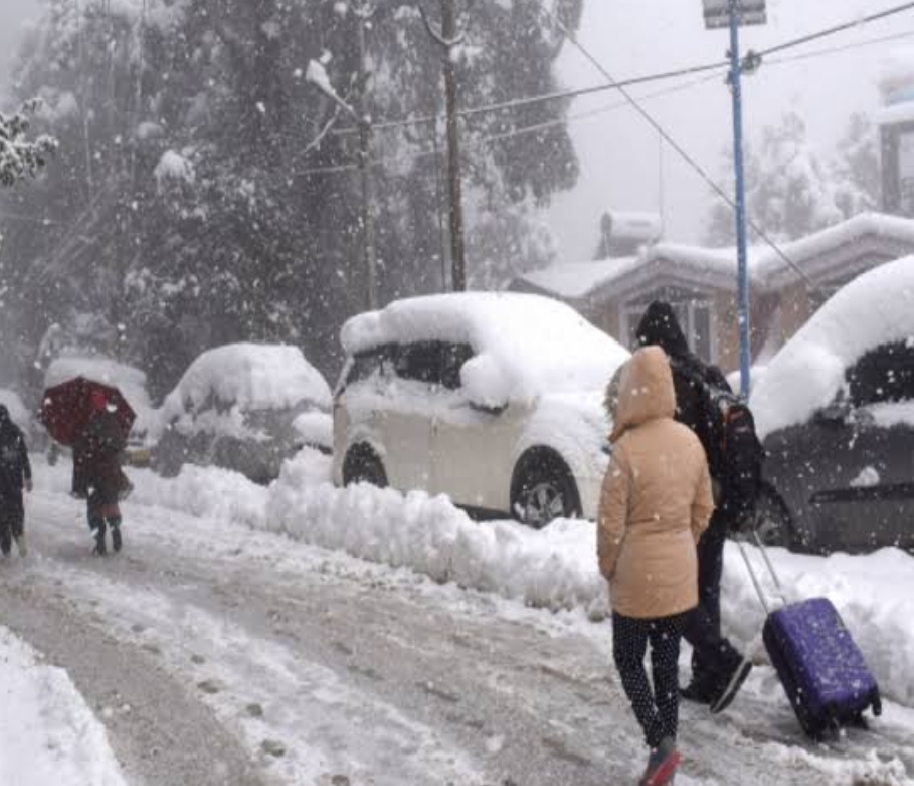
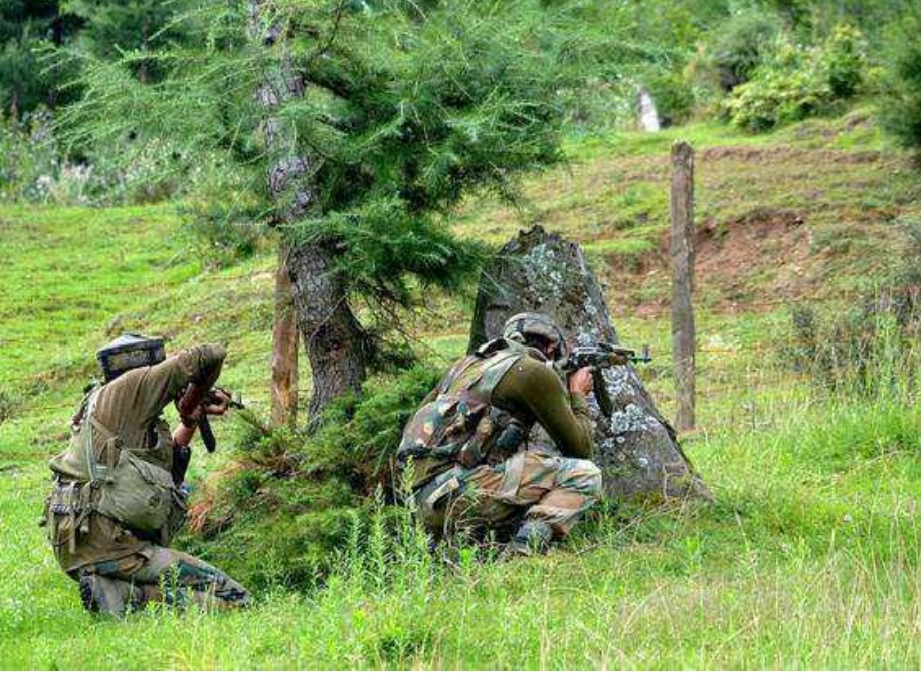


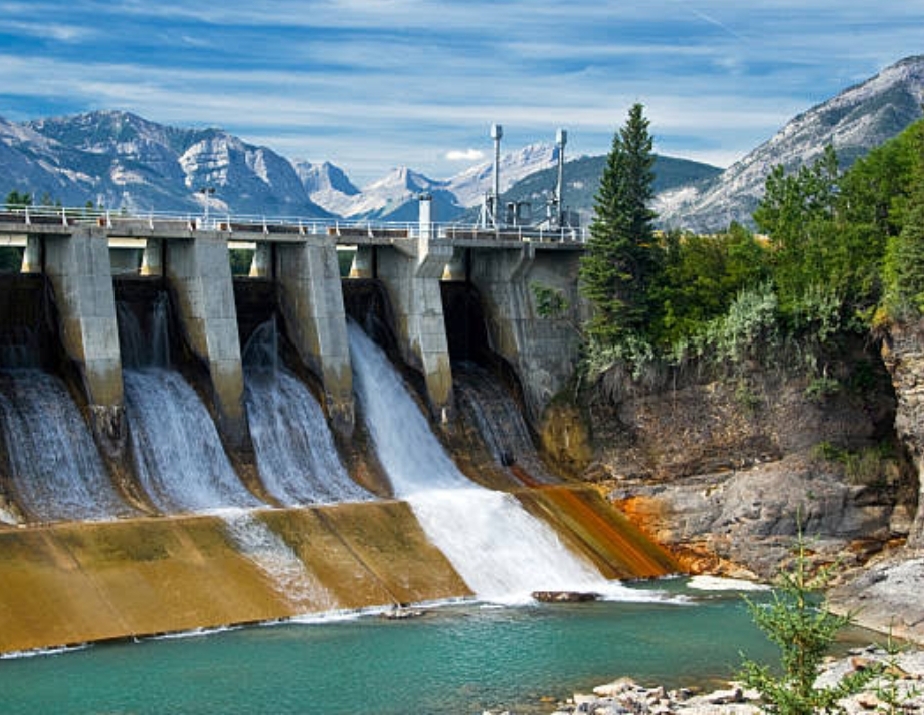

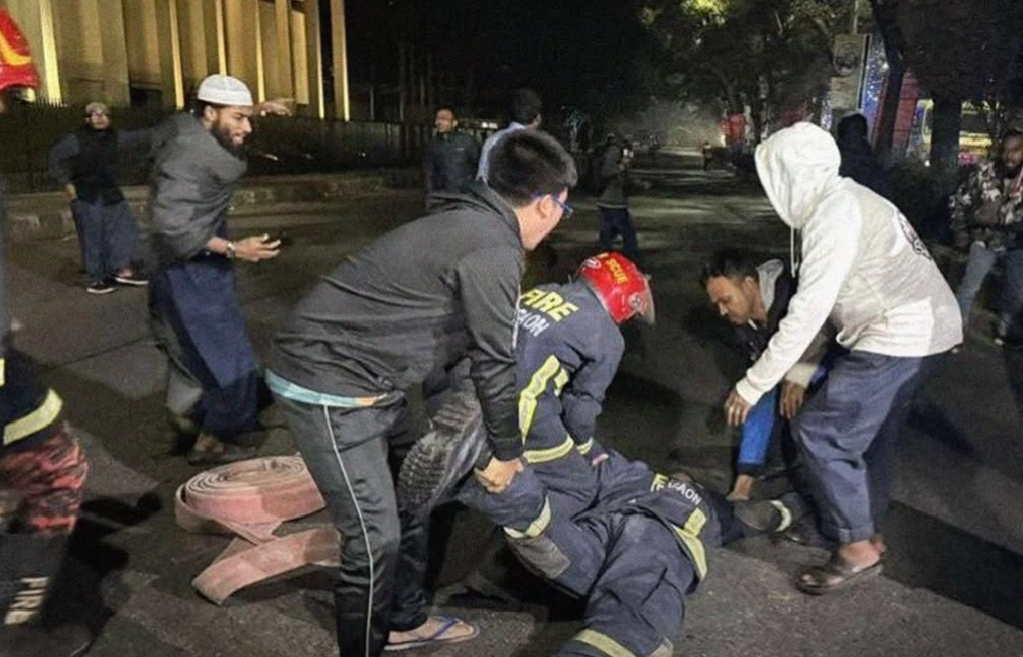

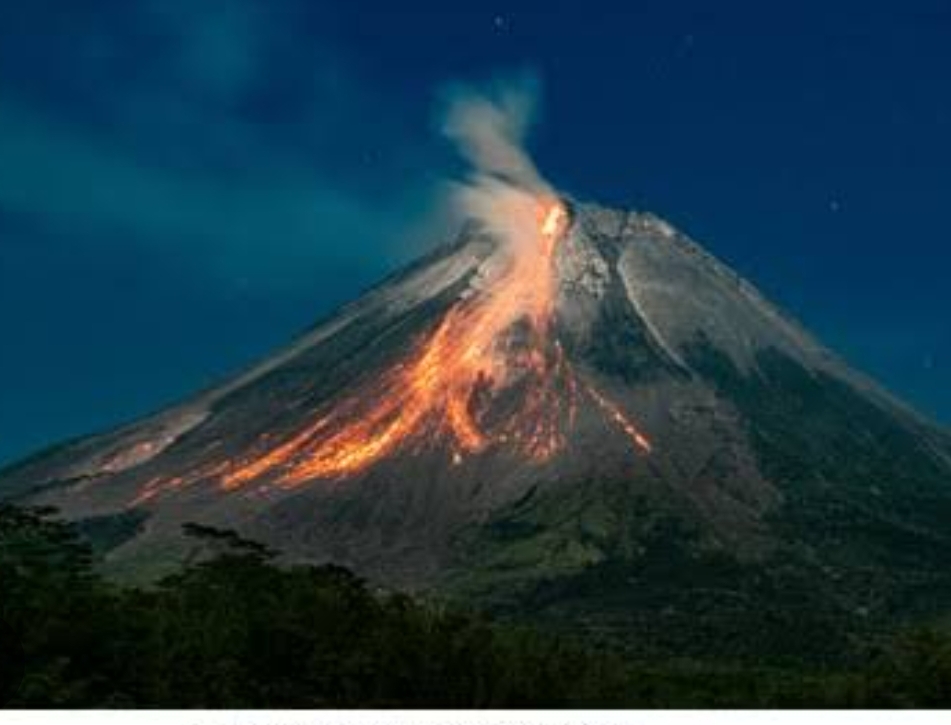



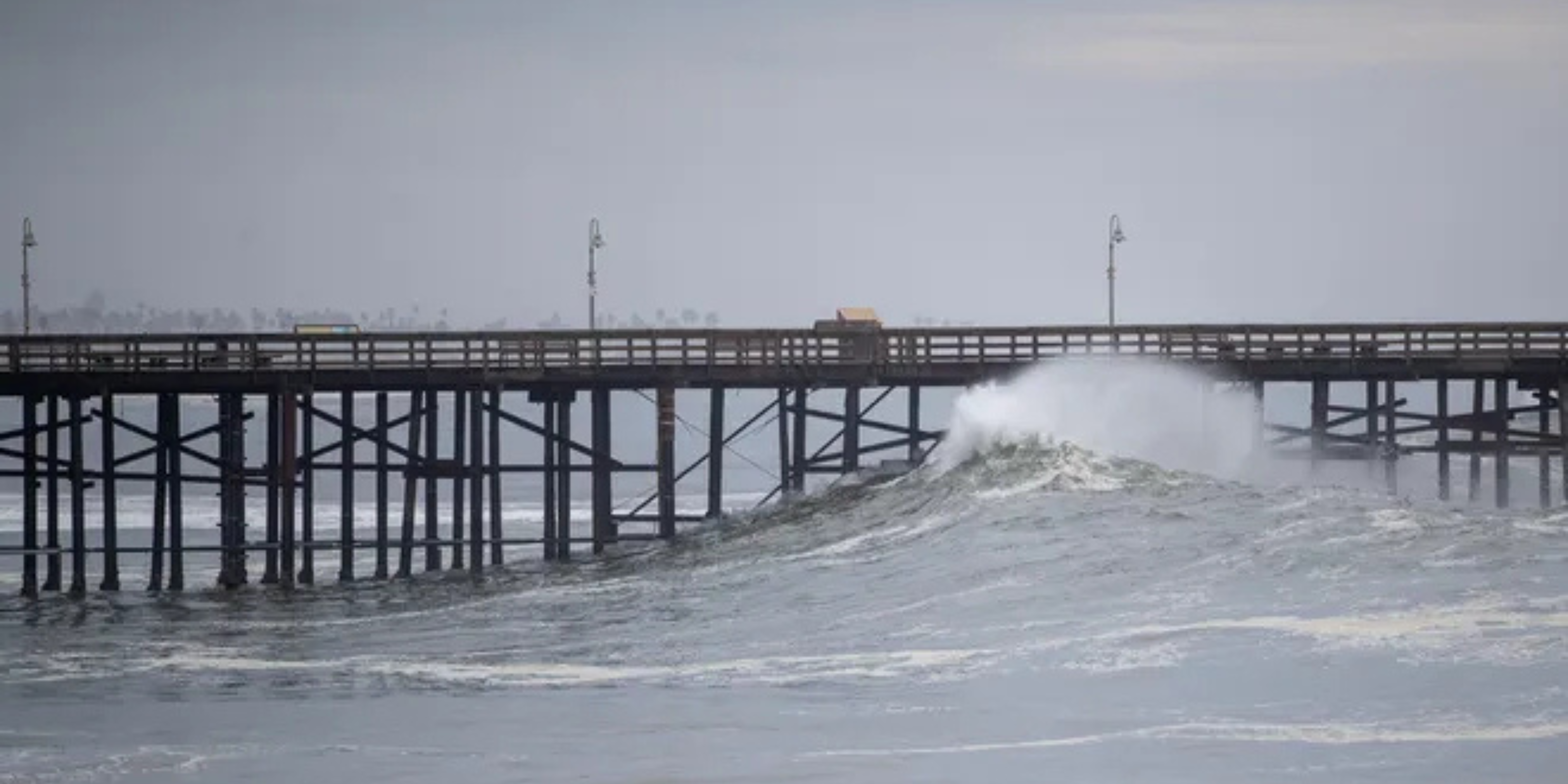



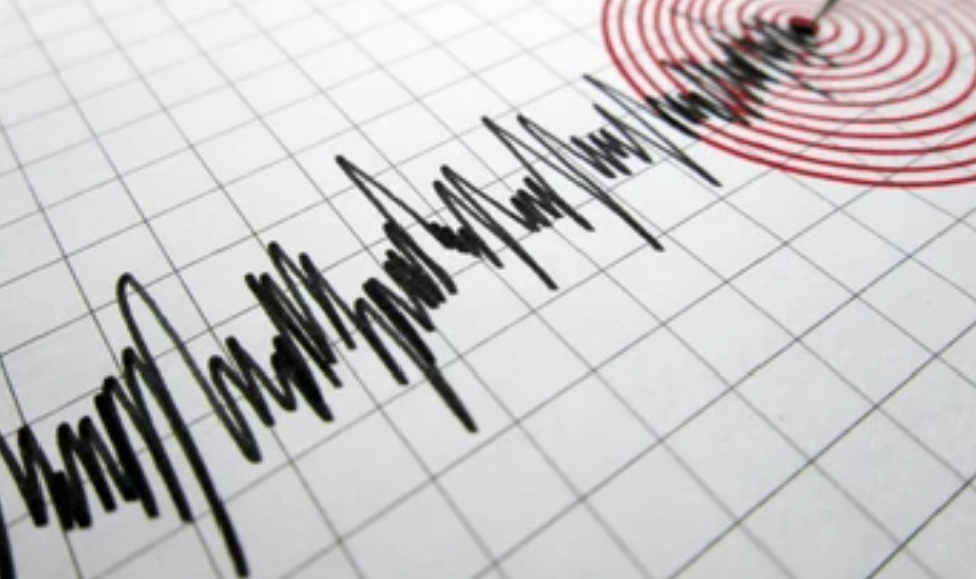

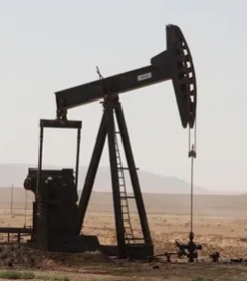




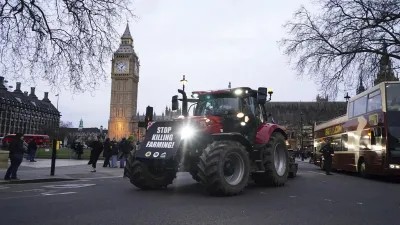
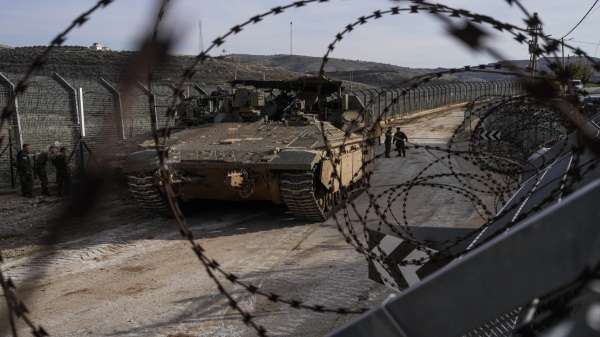
.png)














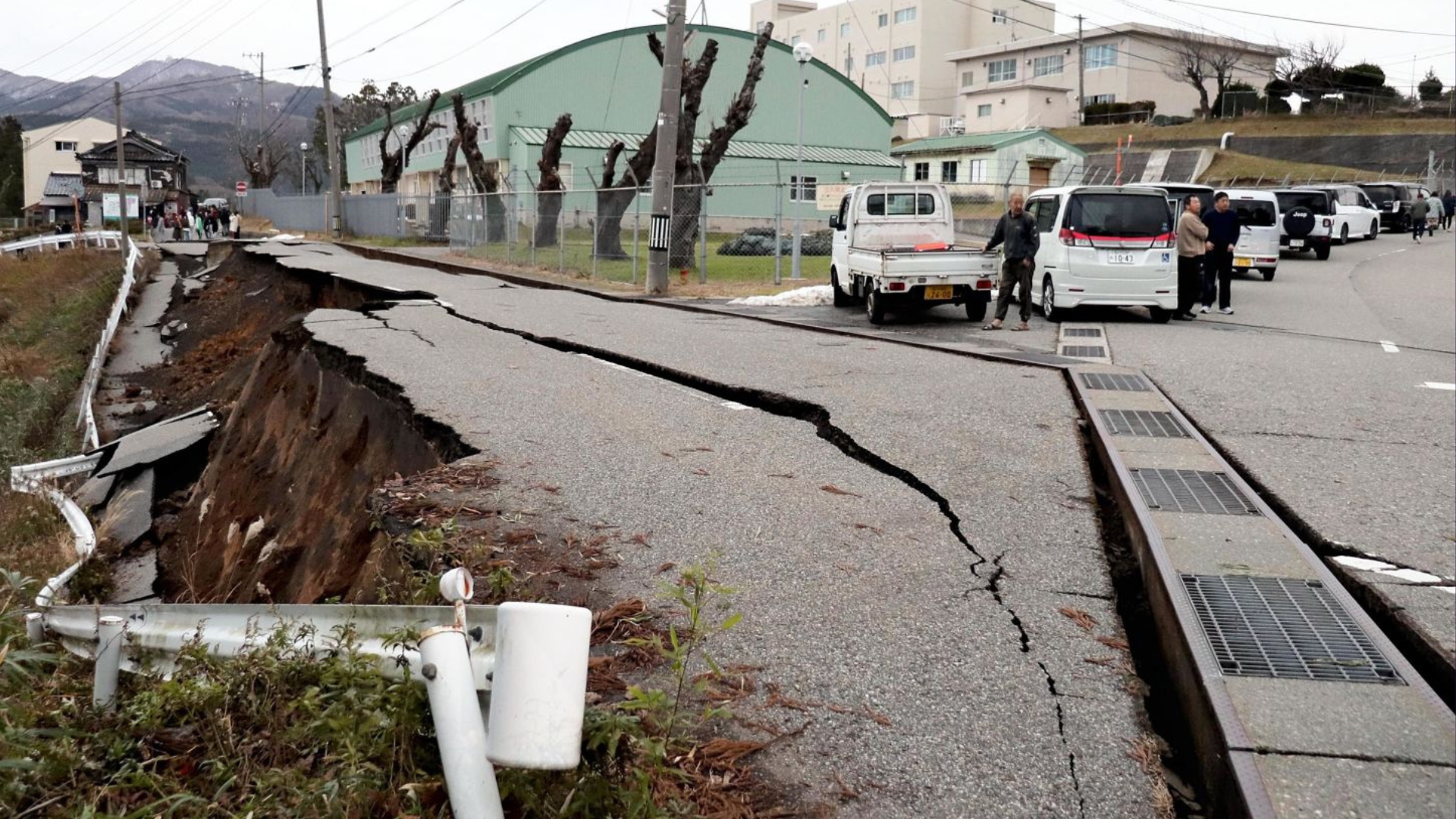
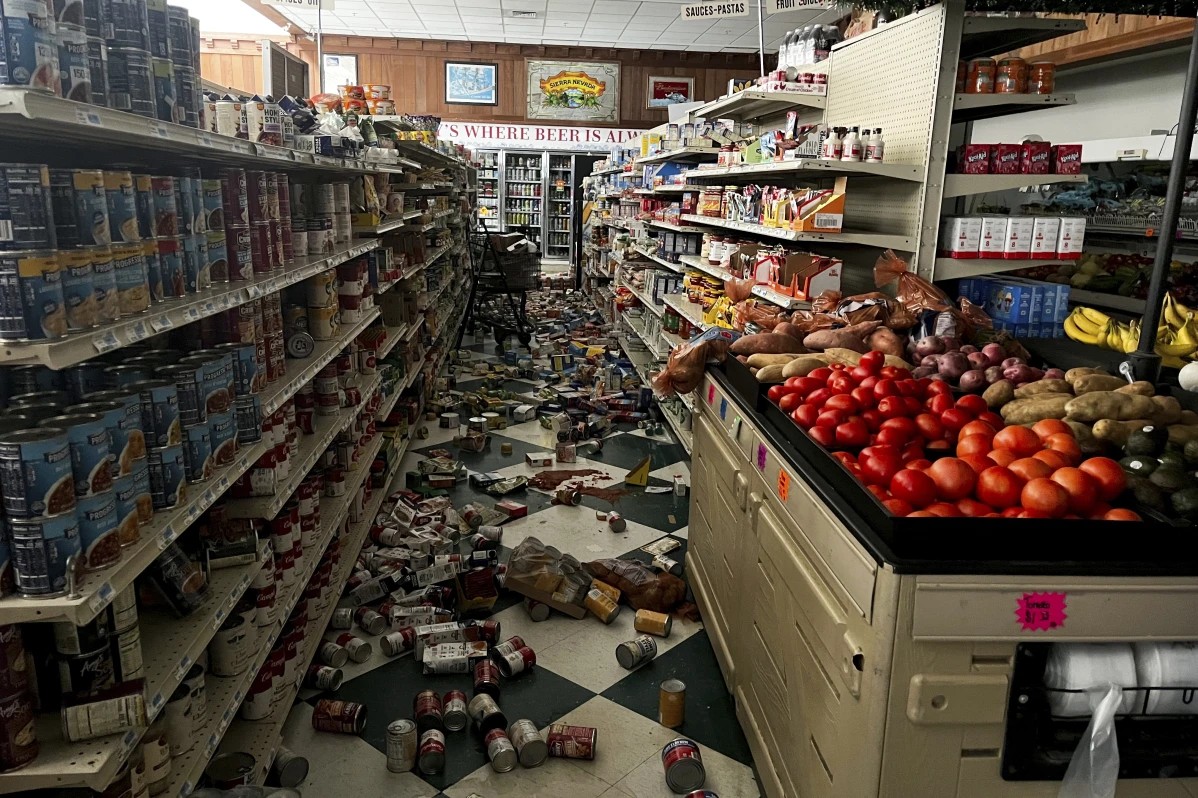


.png)

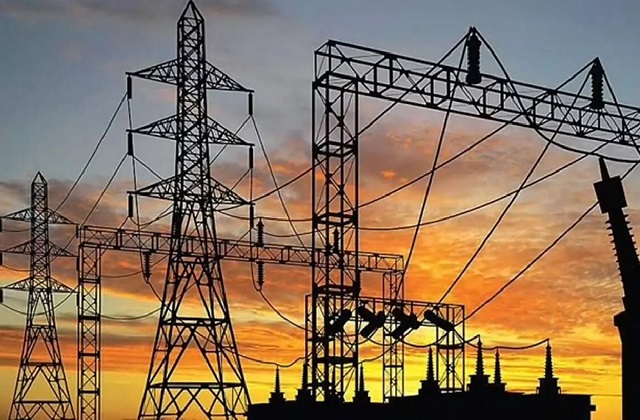
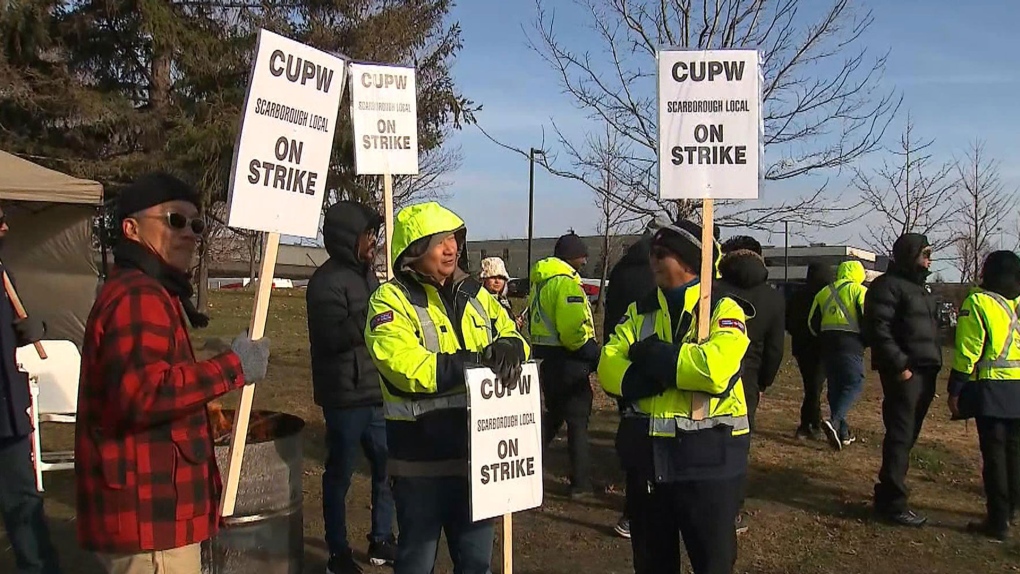
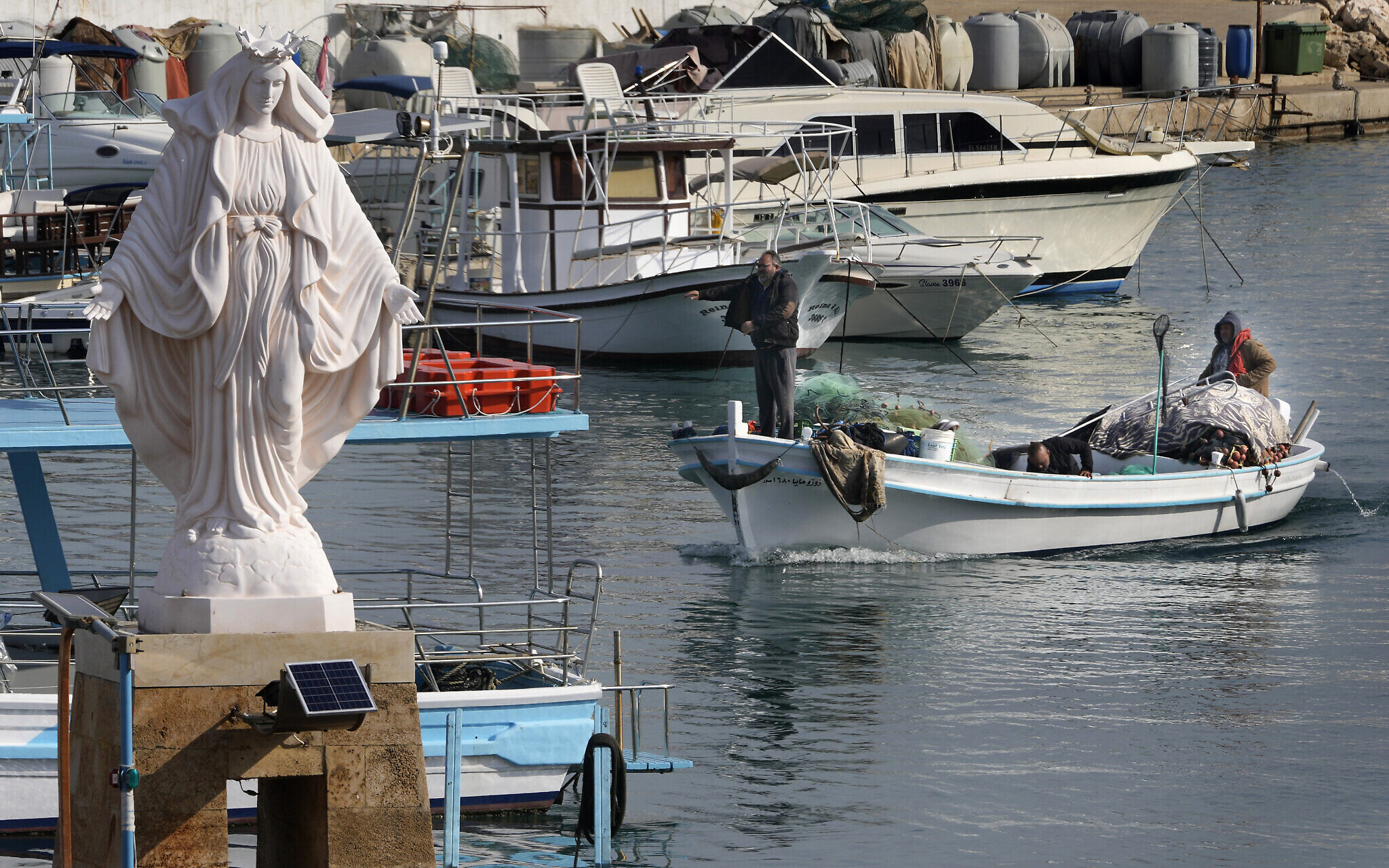
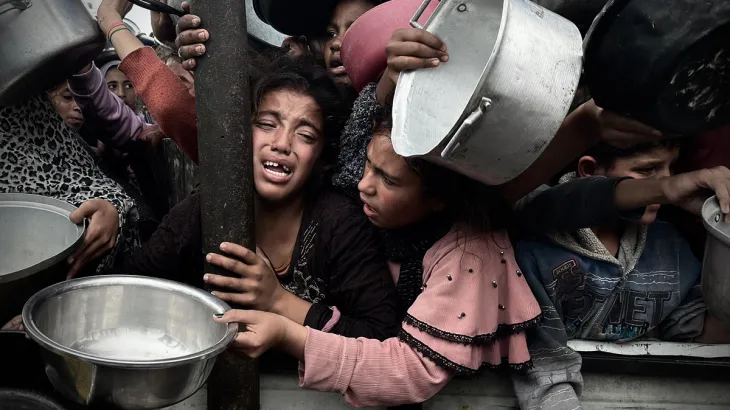
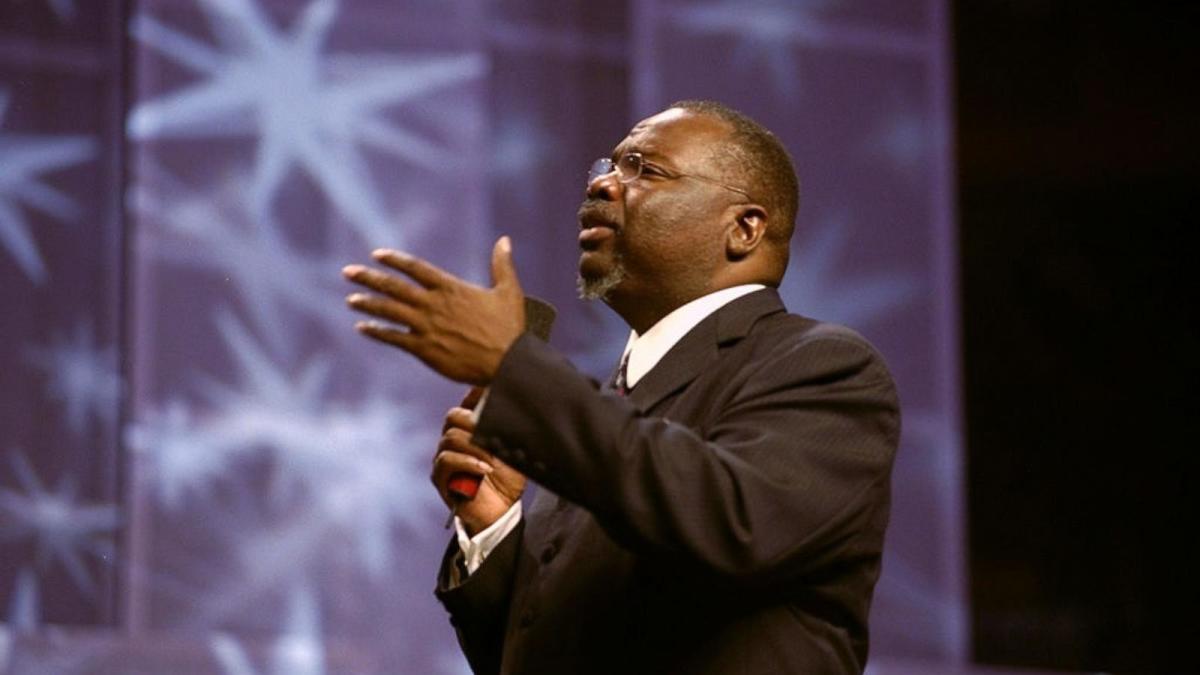
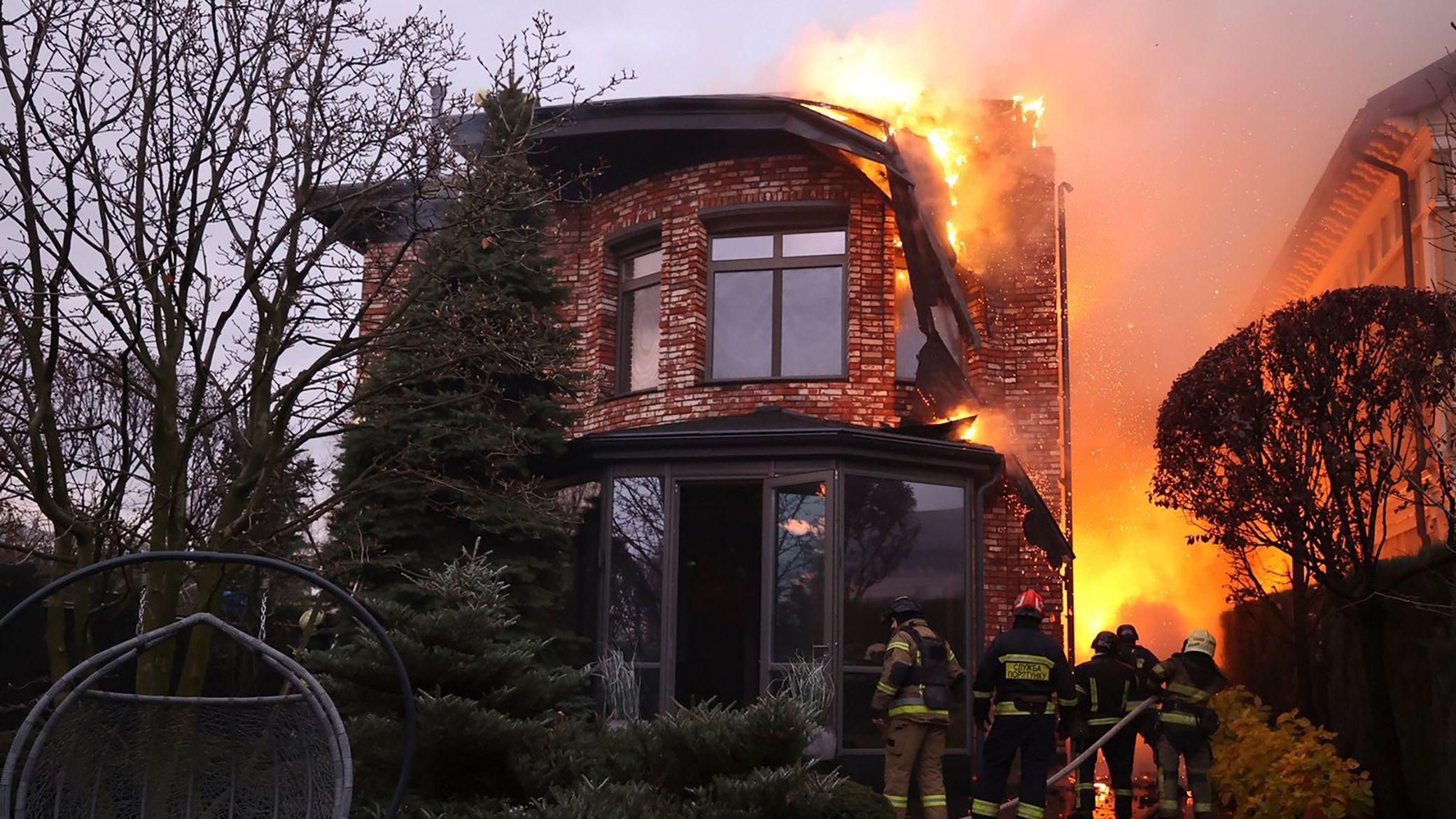
.jfif)
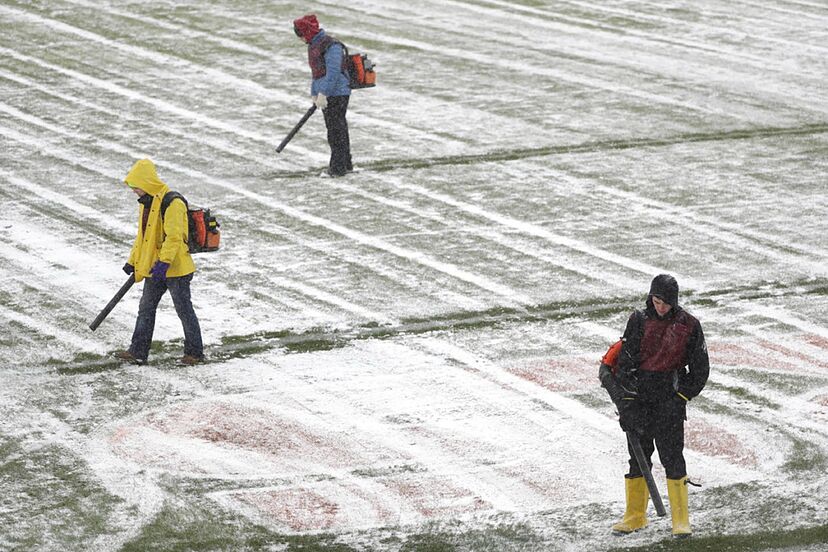






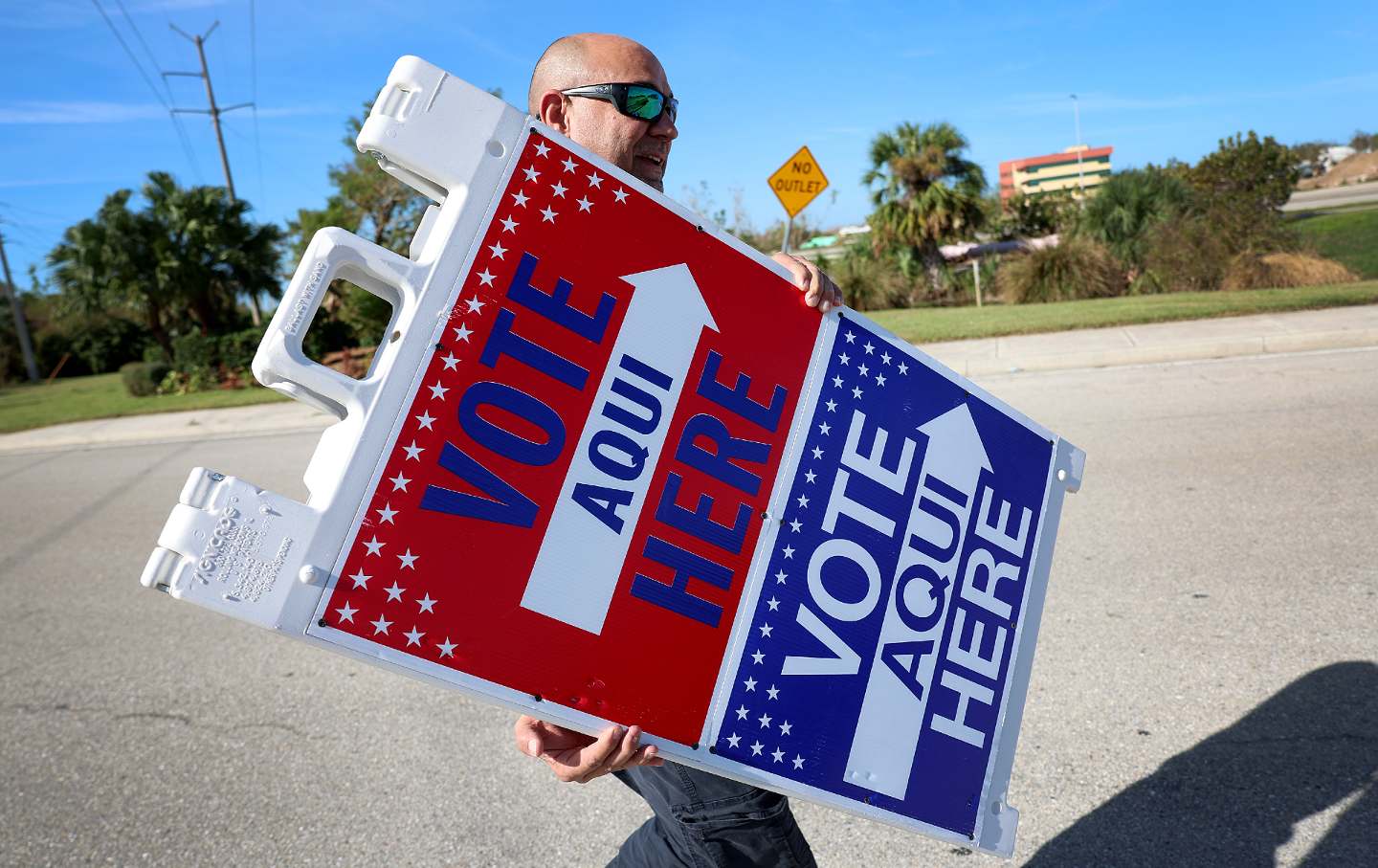



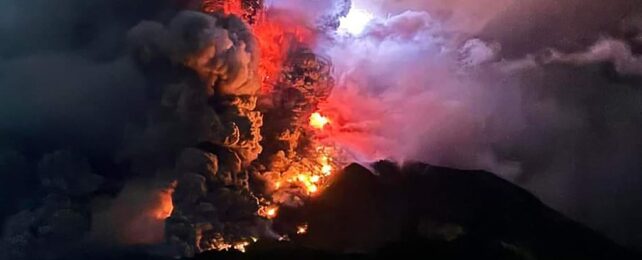























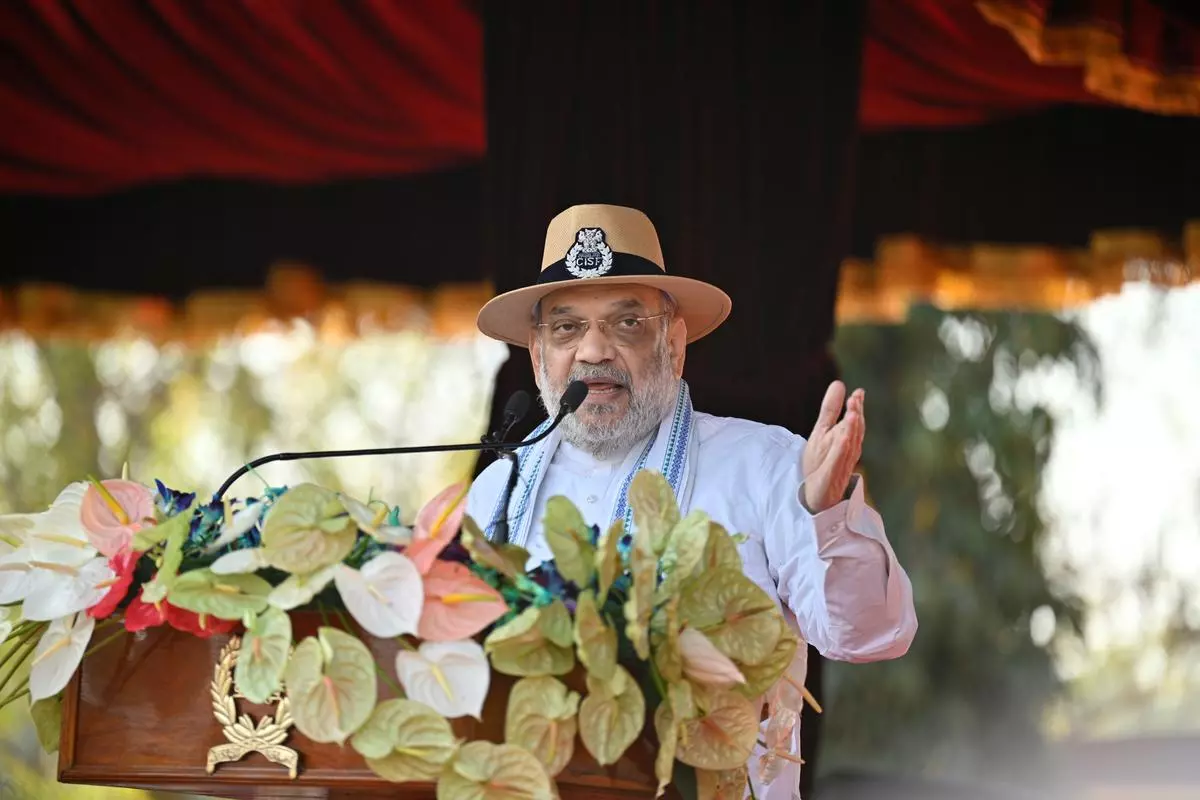










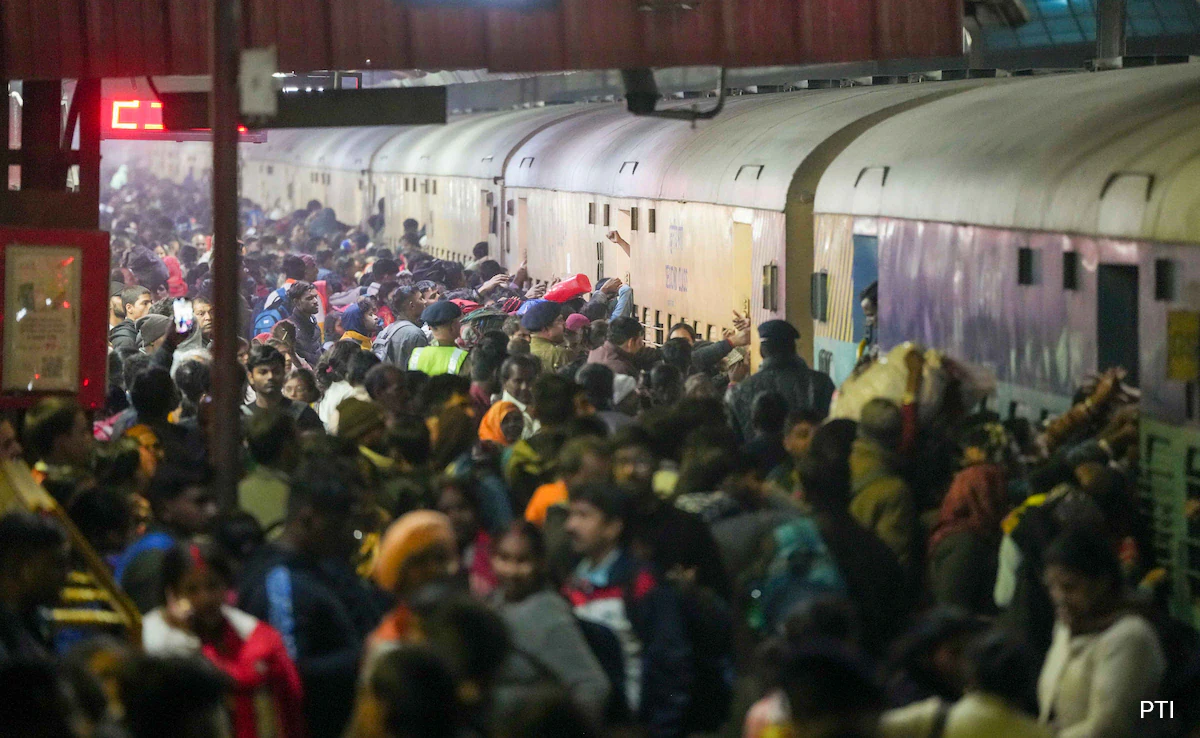
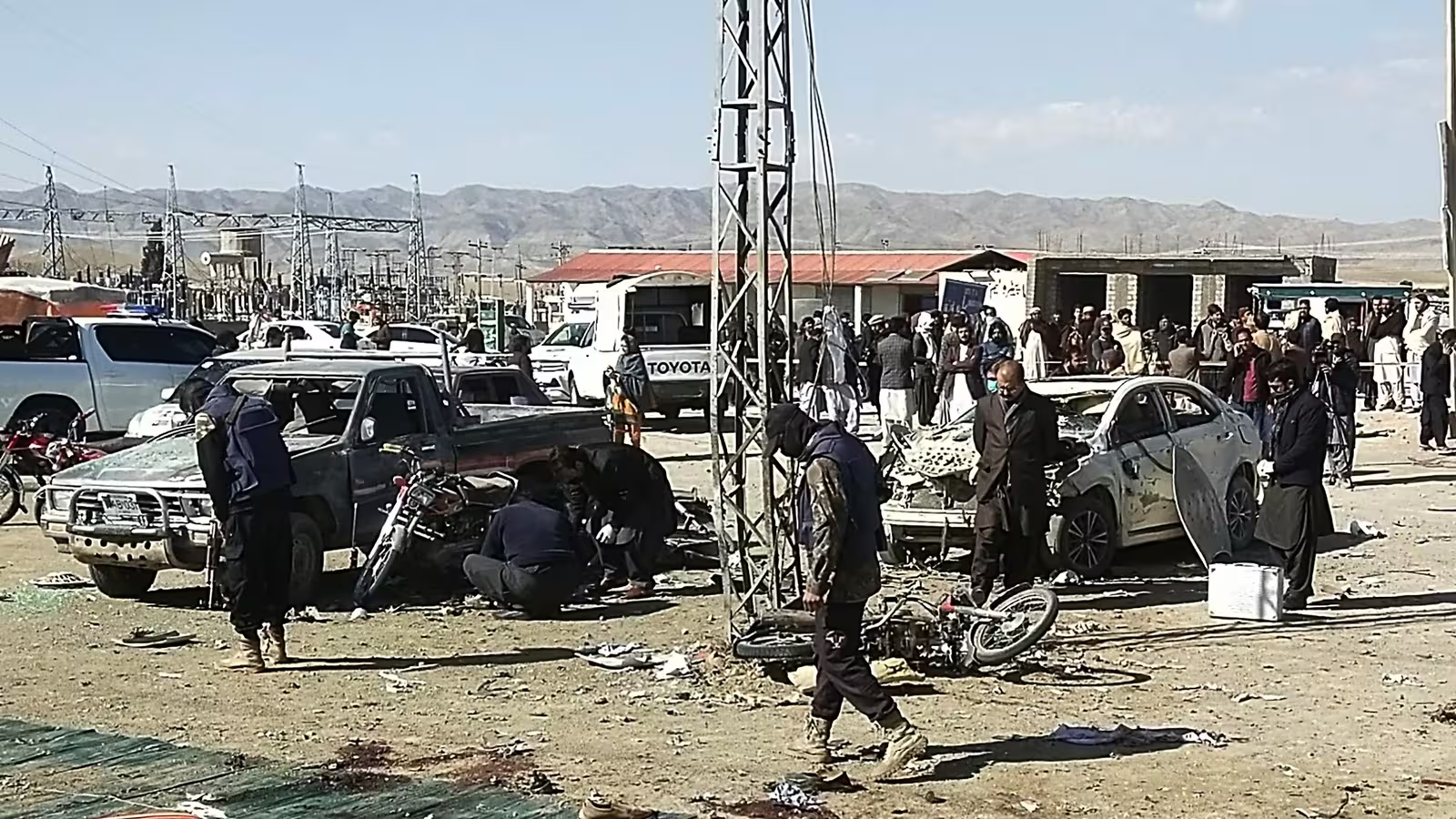



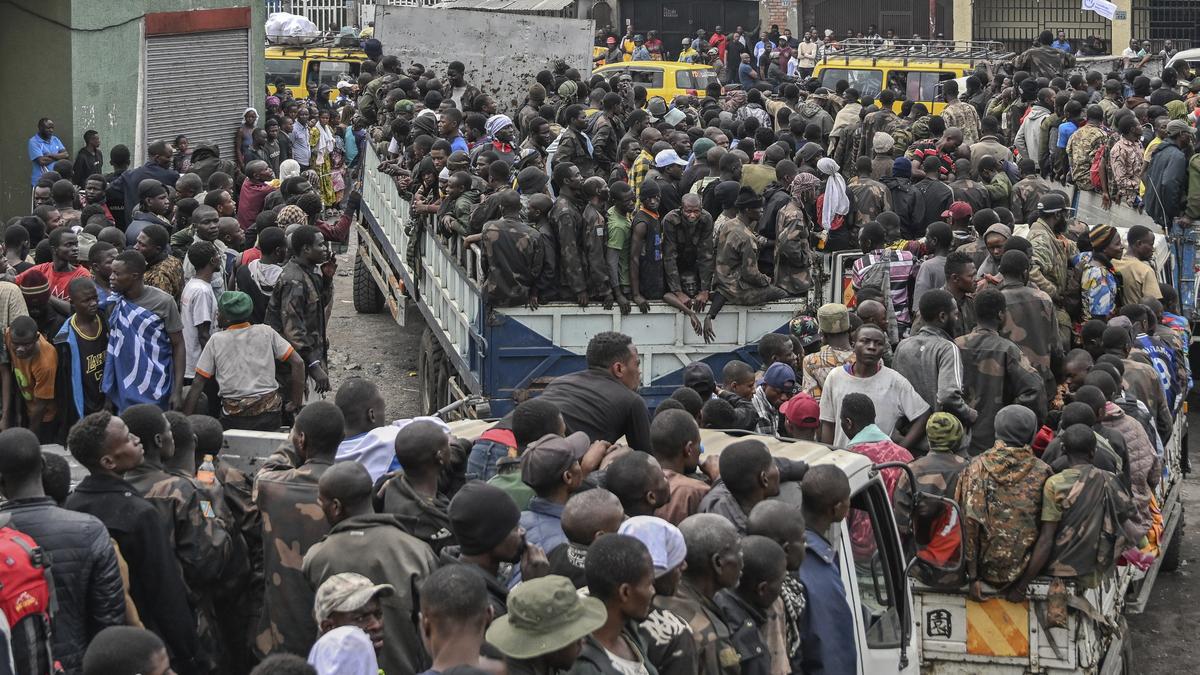
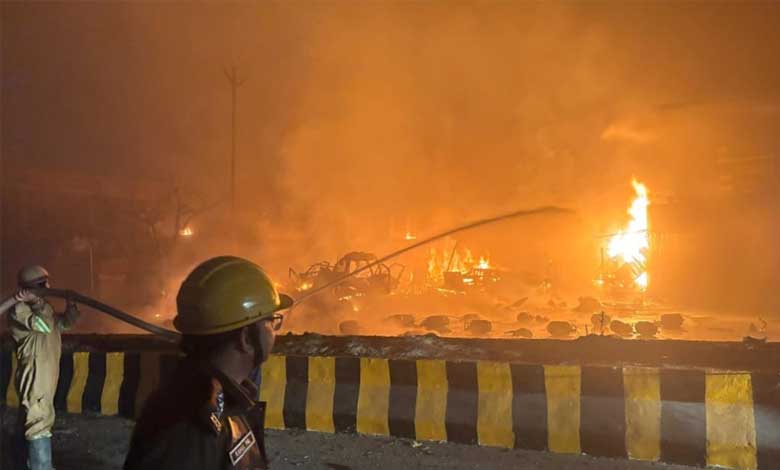












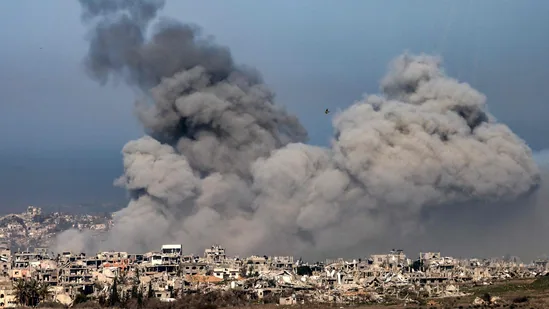
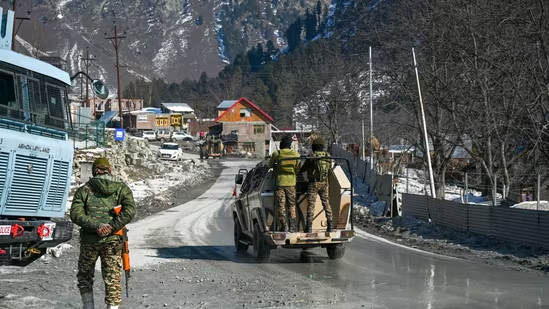

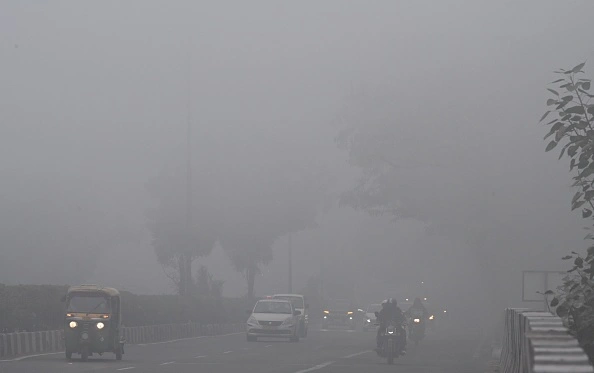

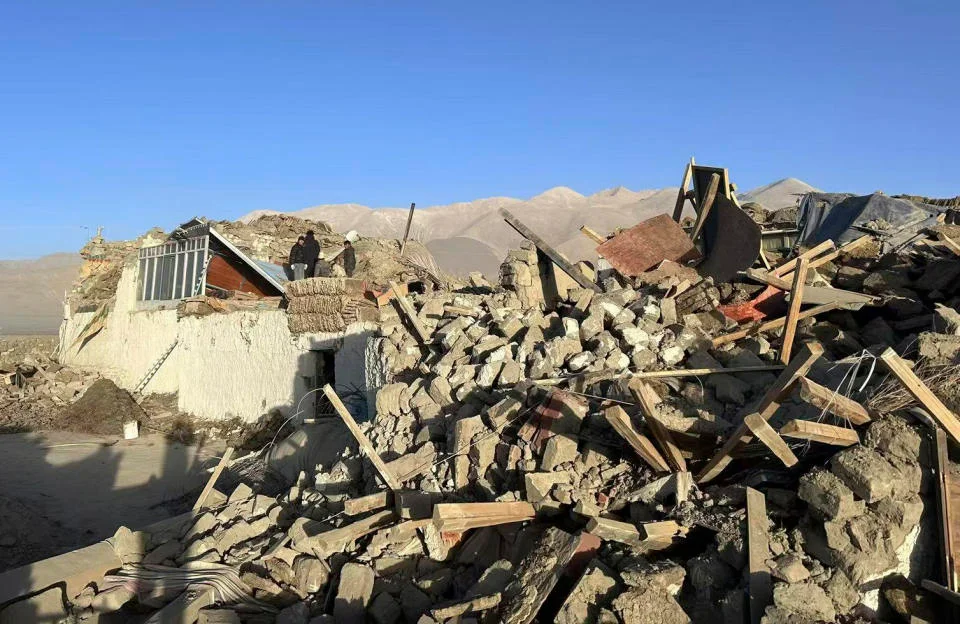



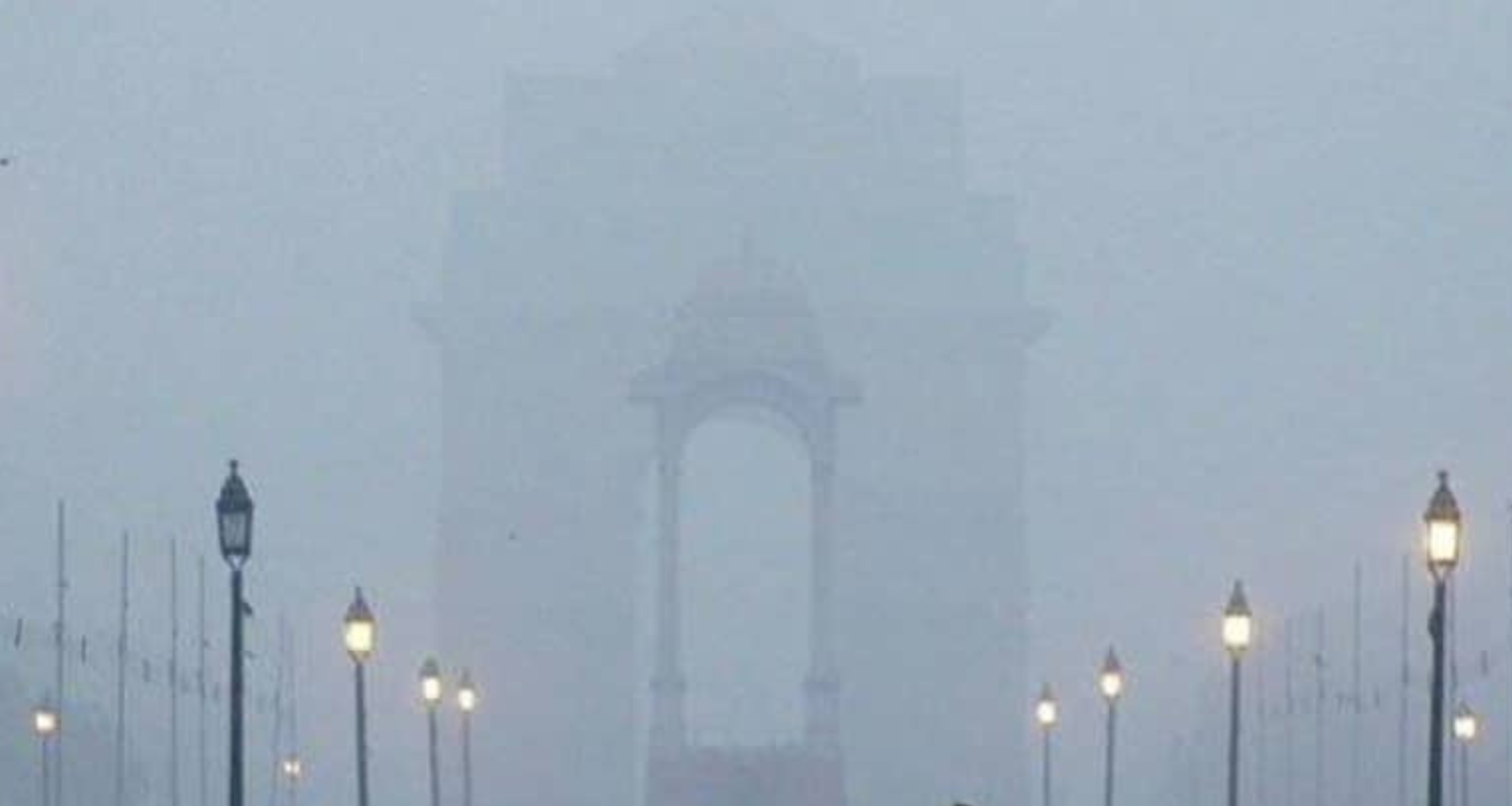




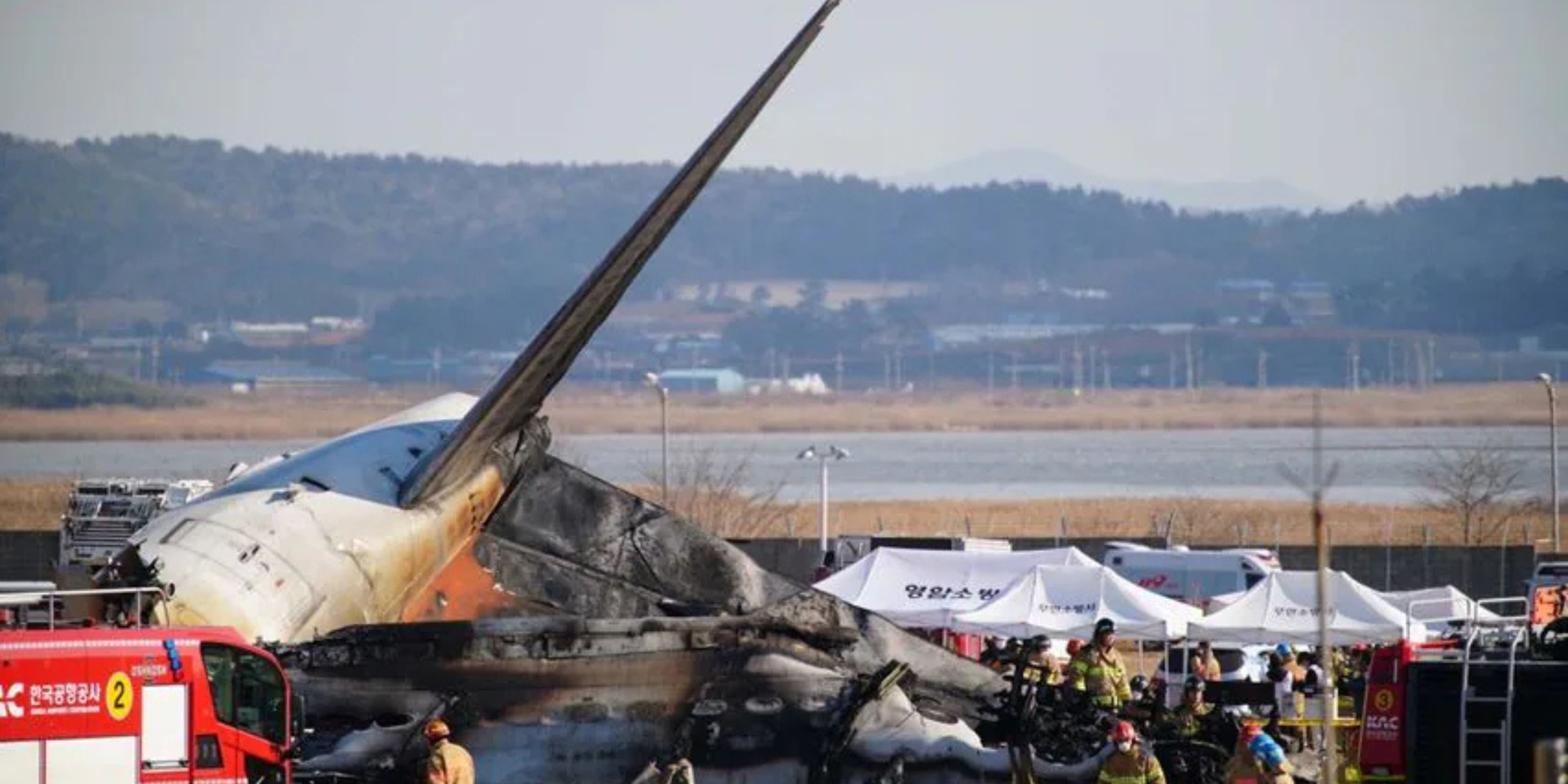

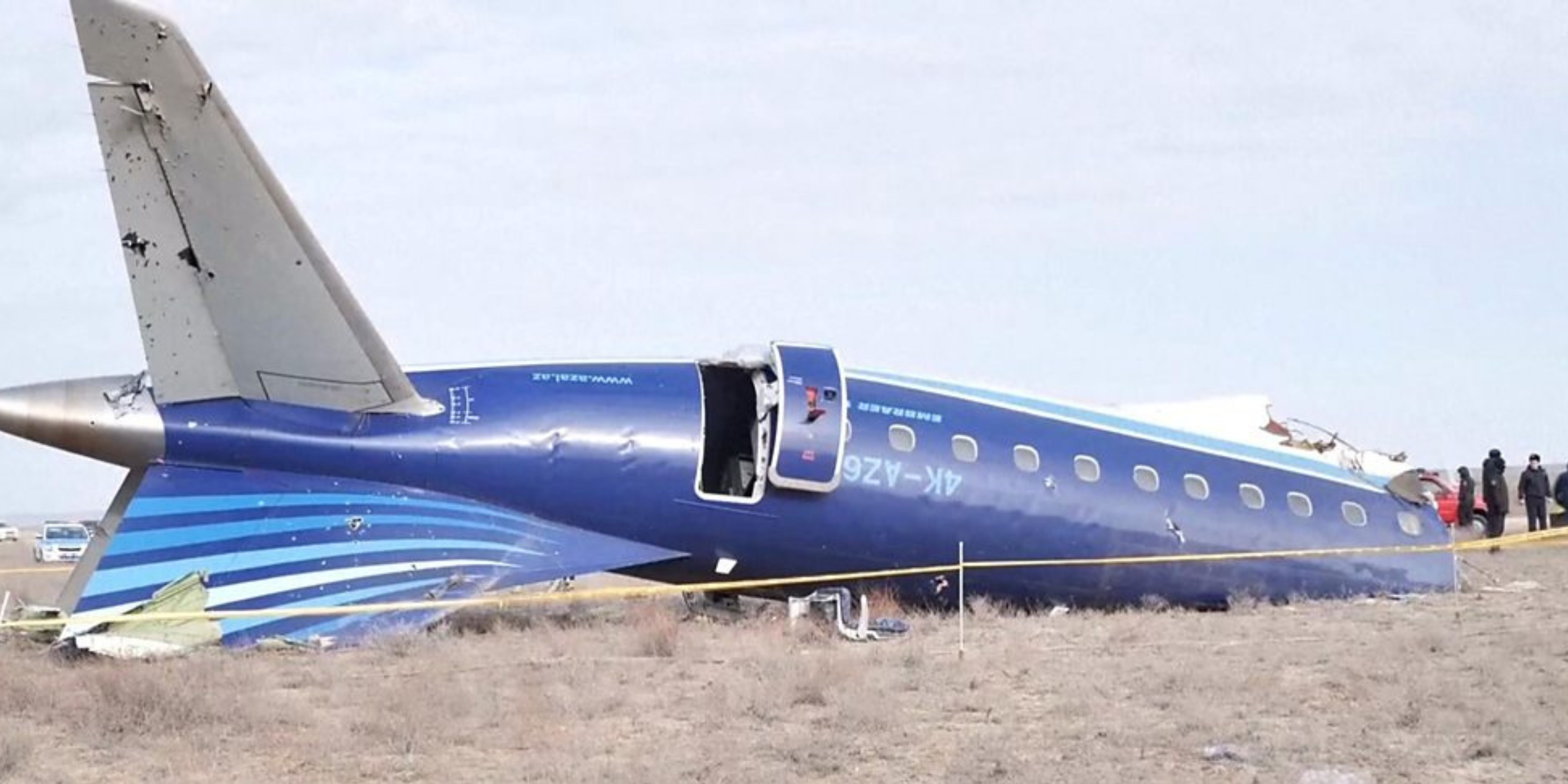






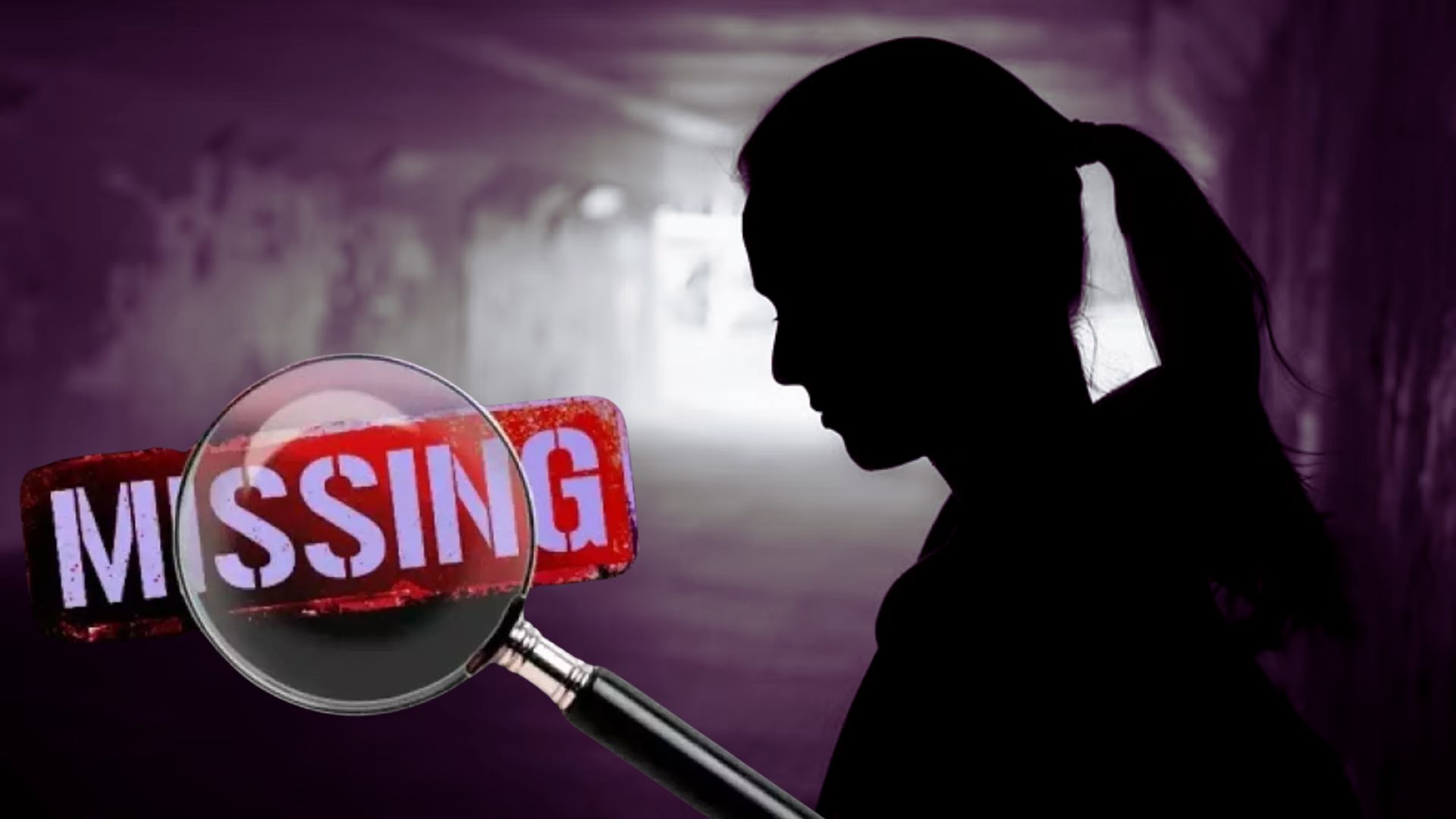



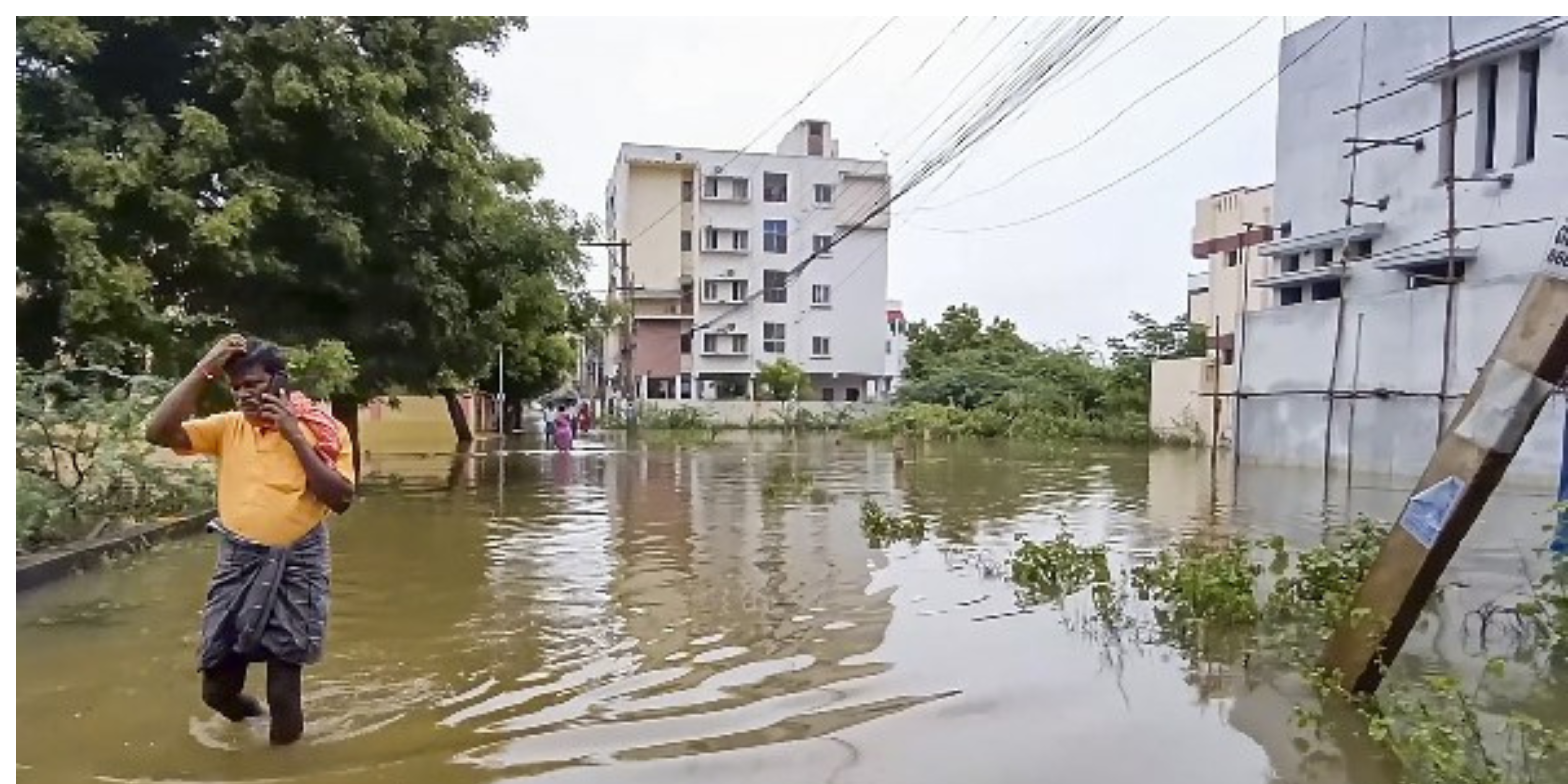
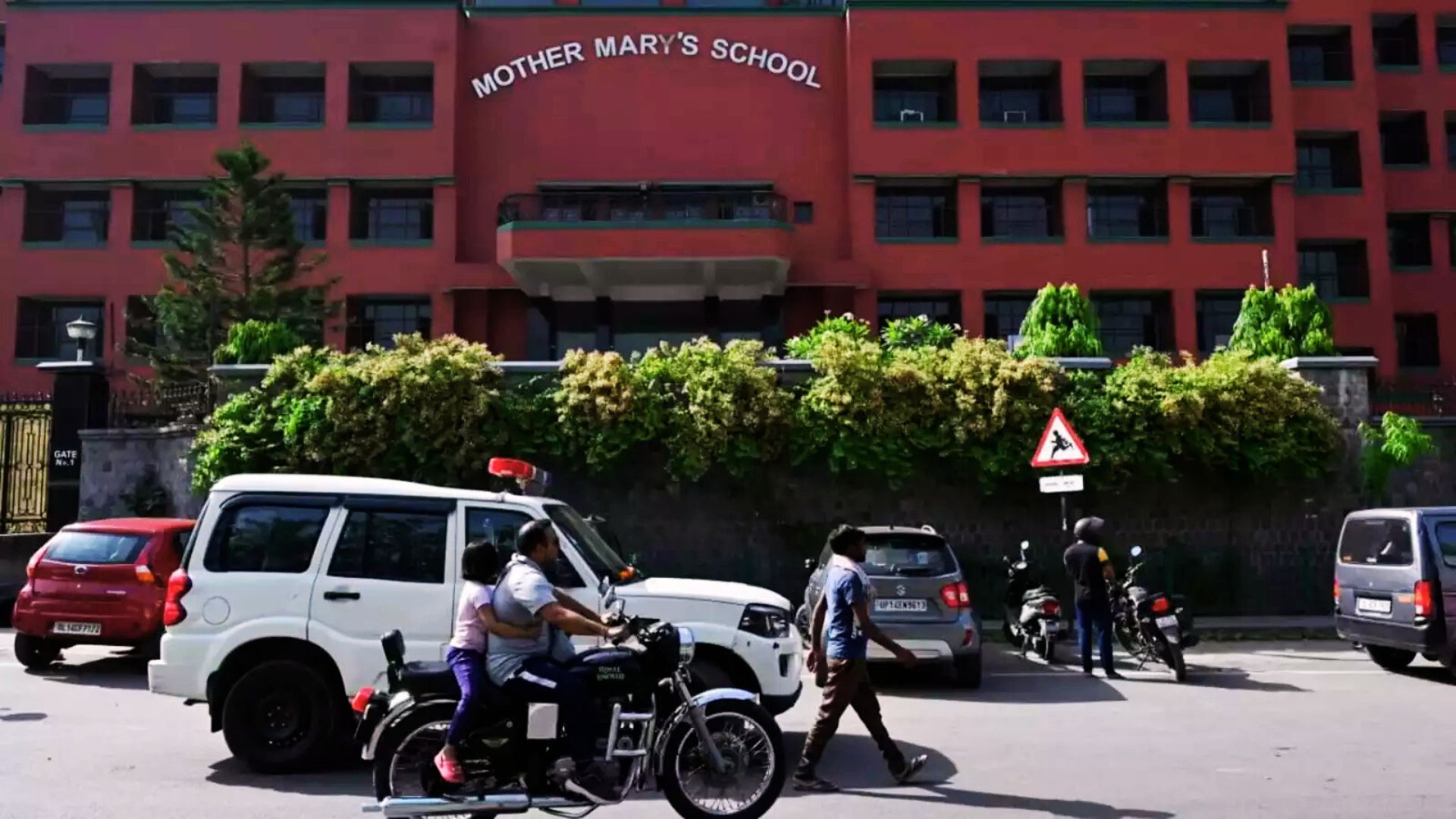

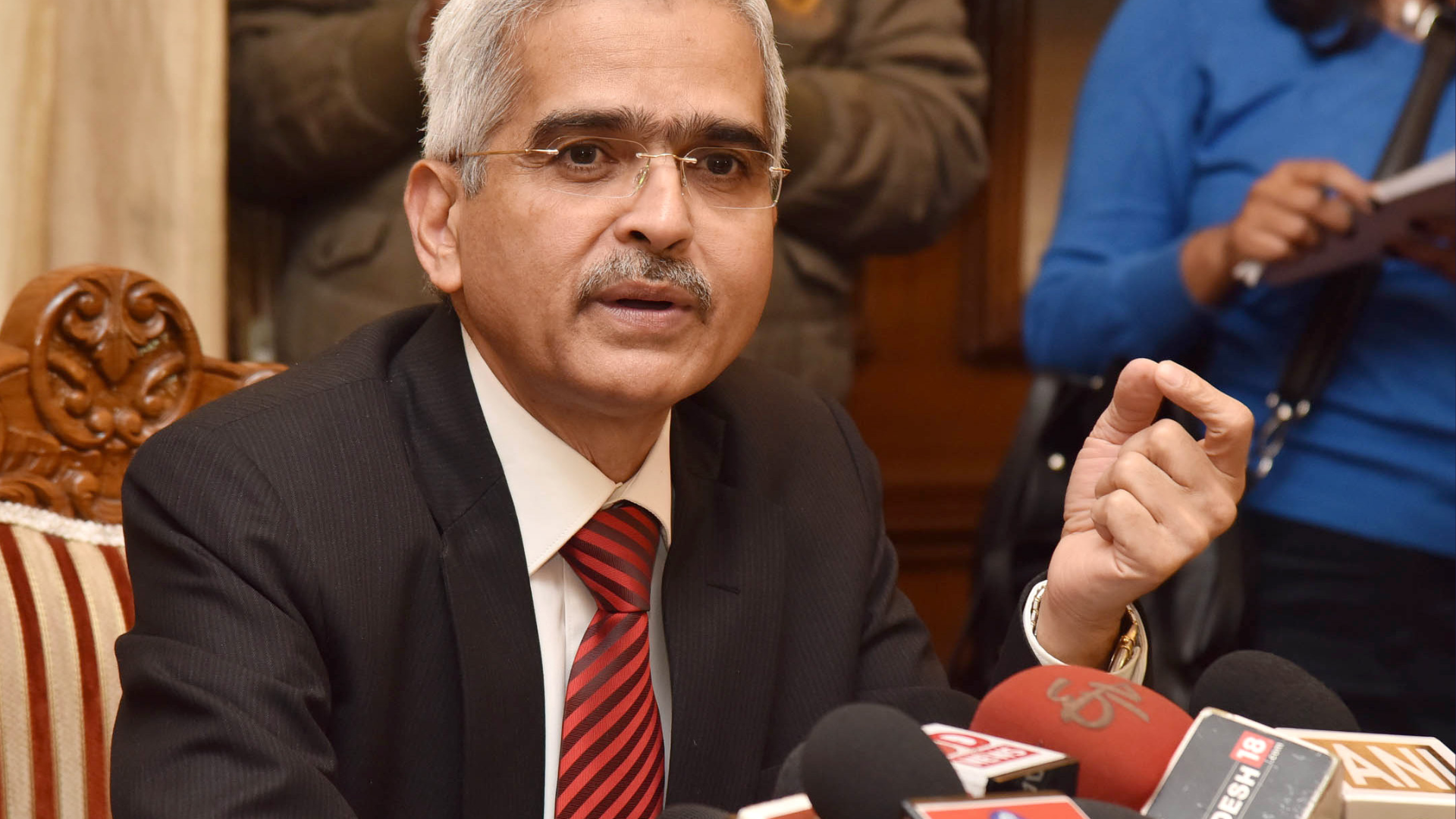




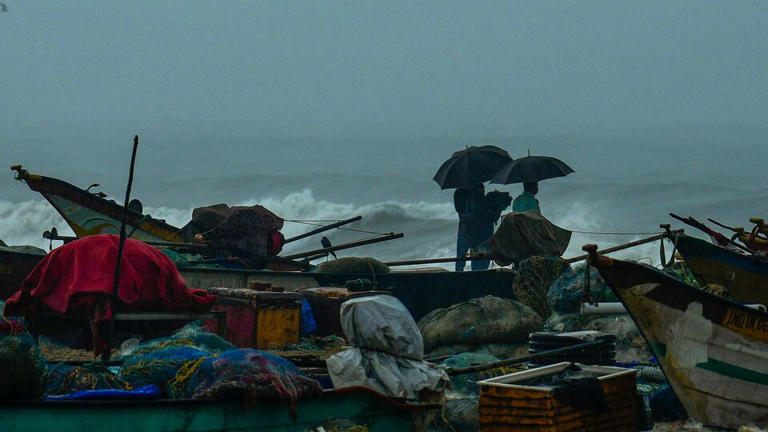


.png)
 (1).png)























